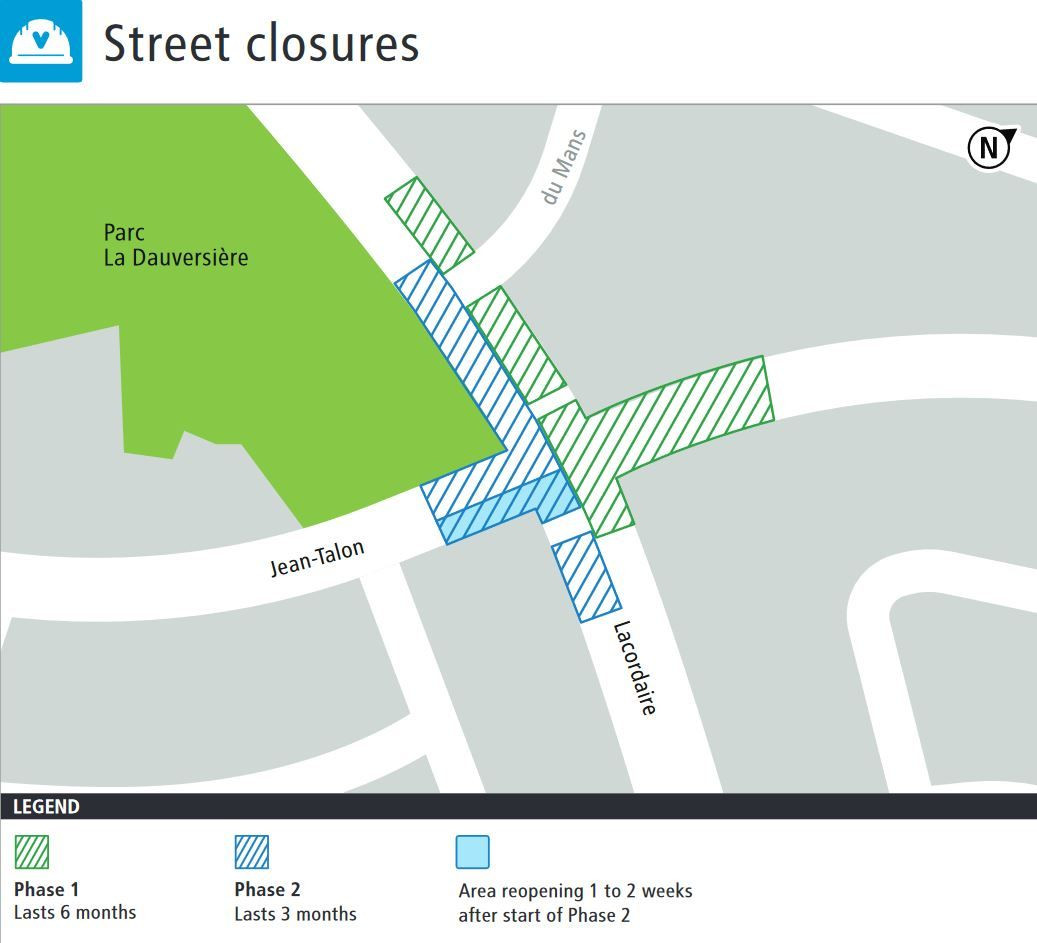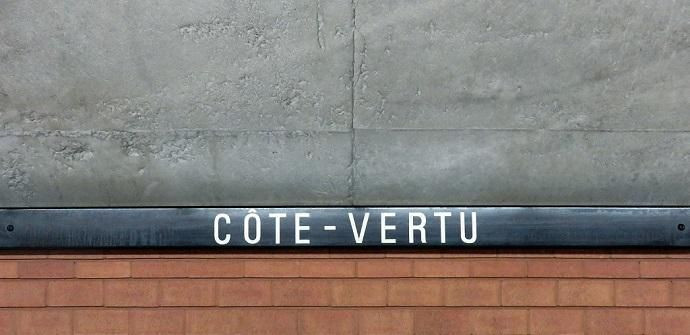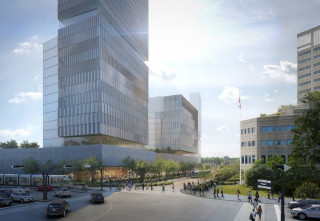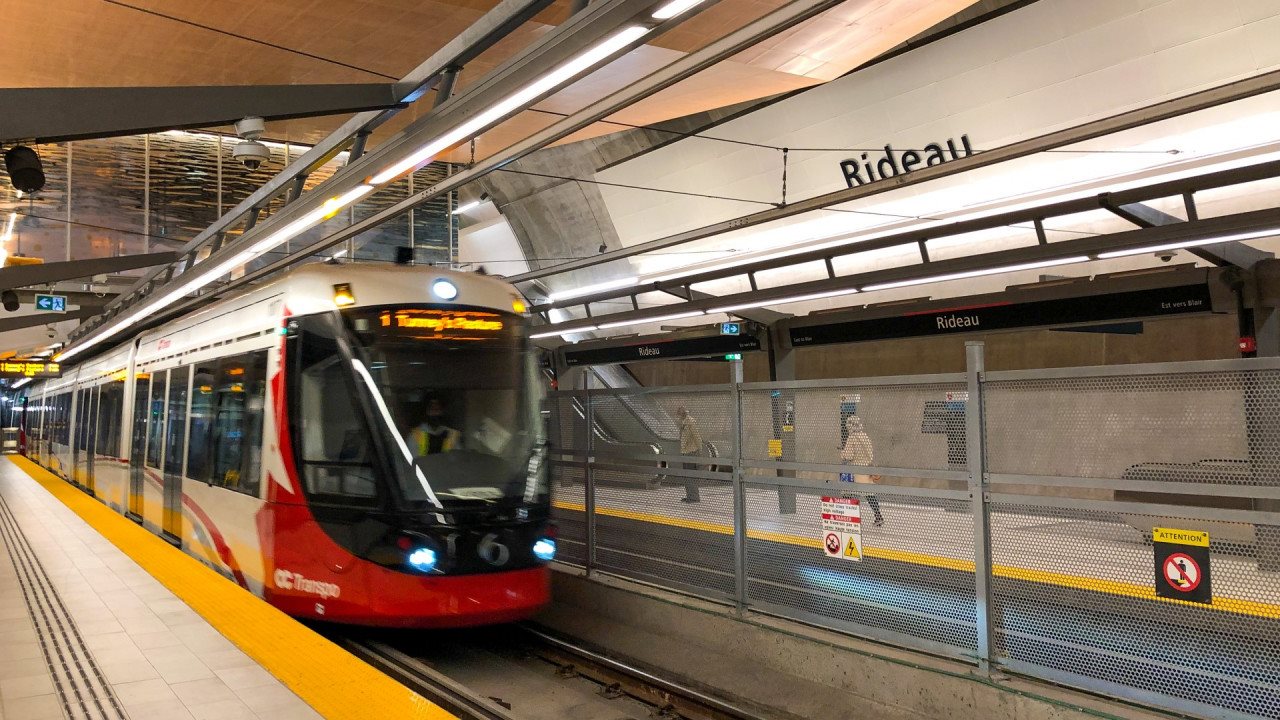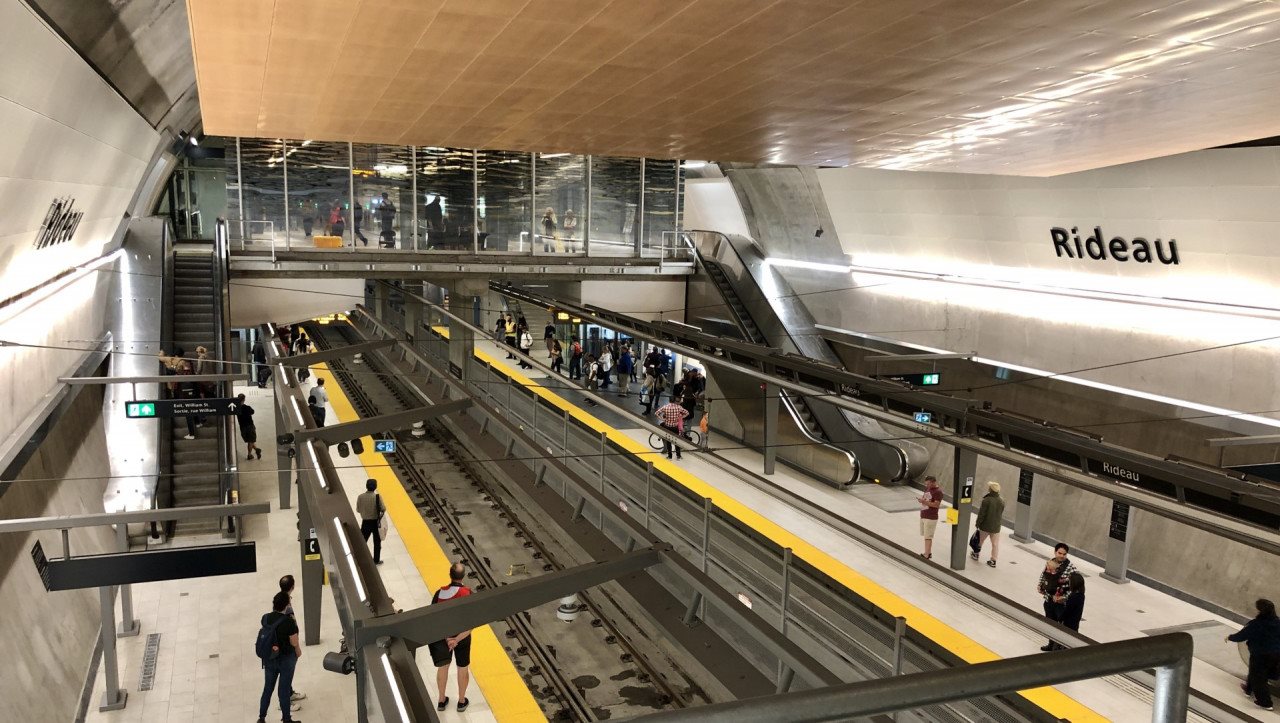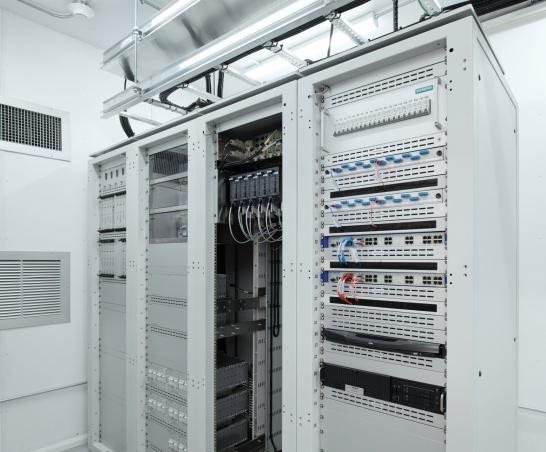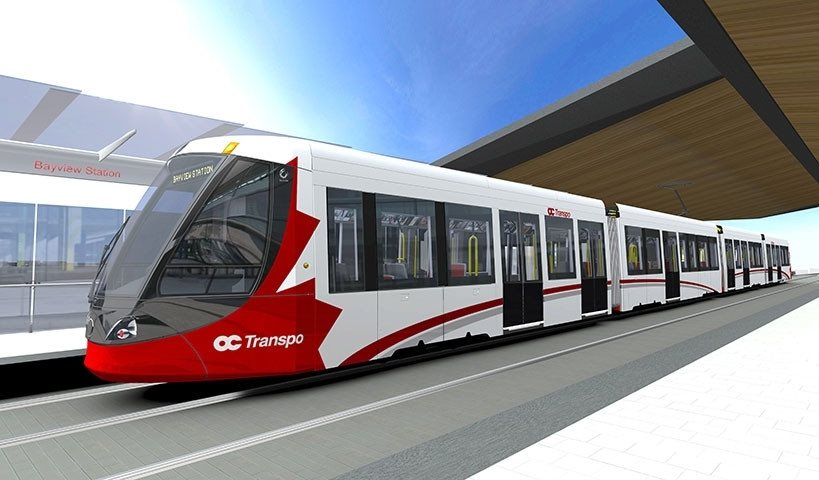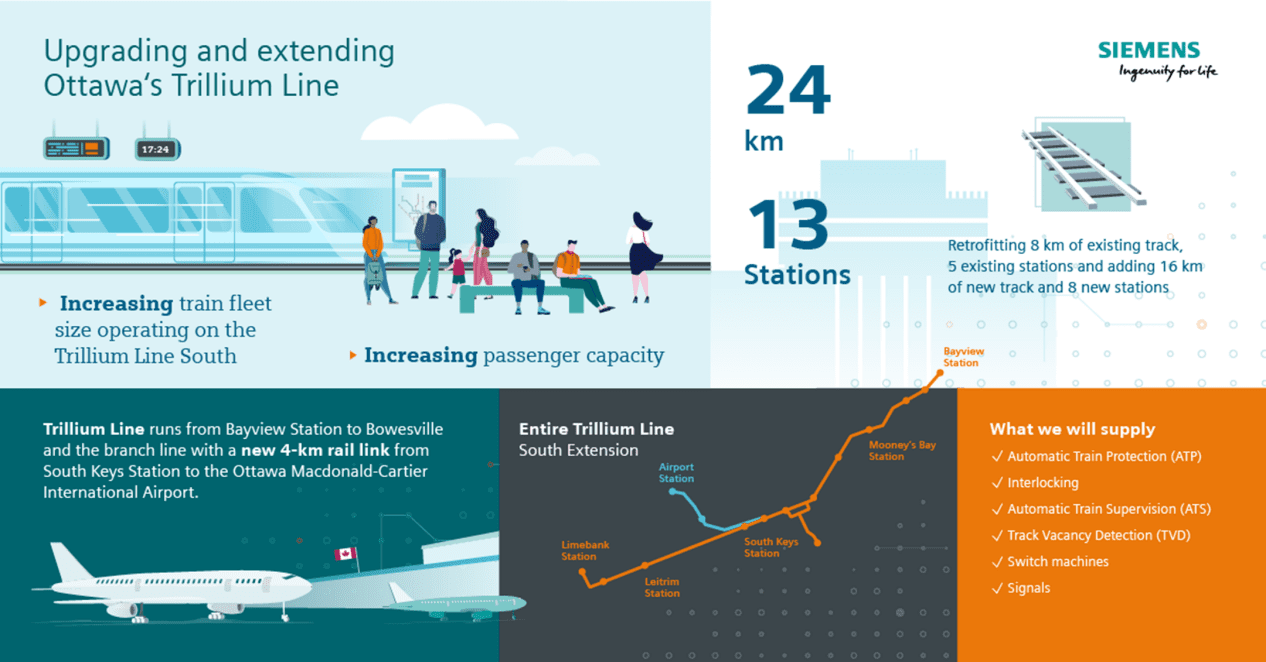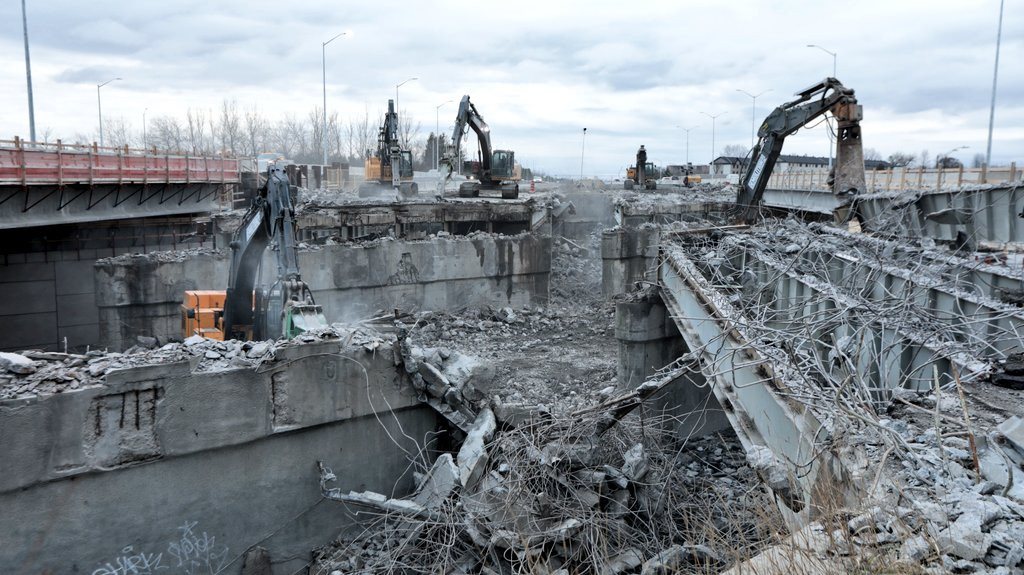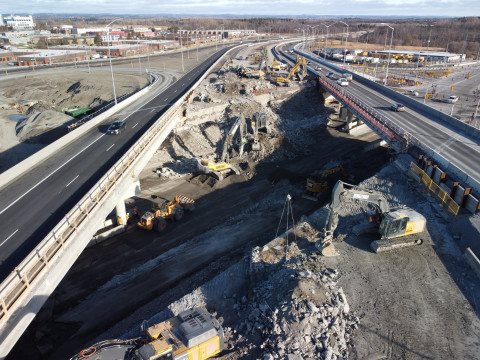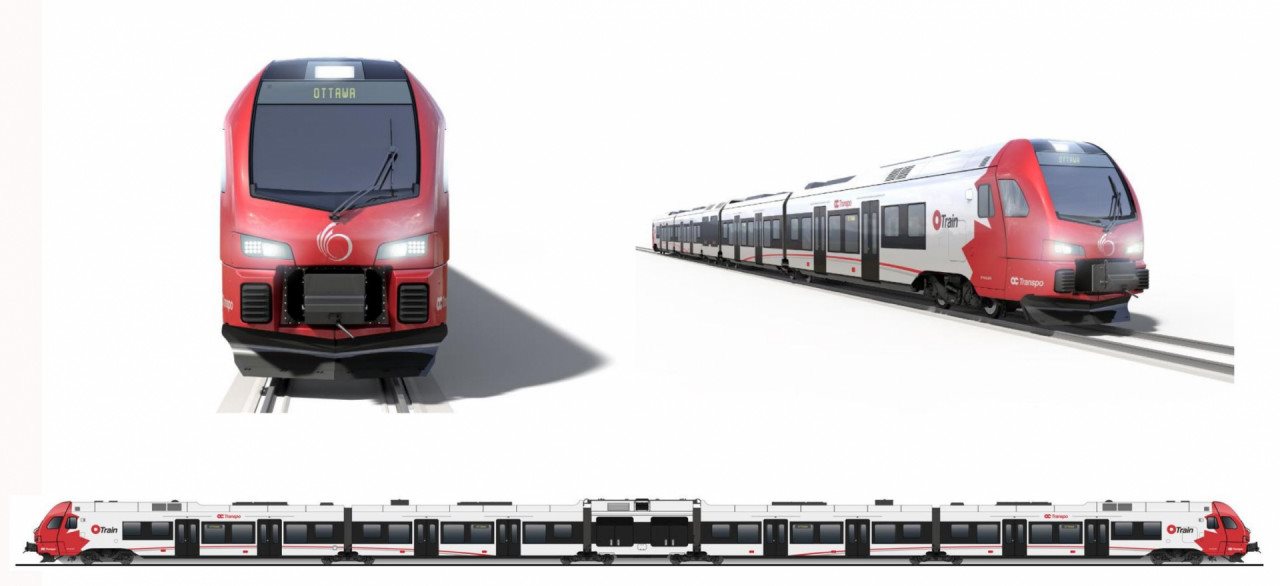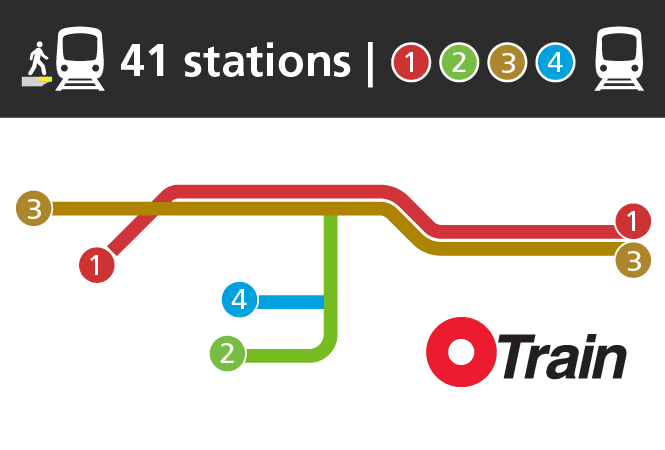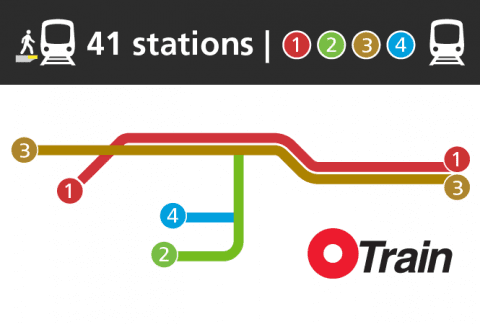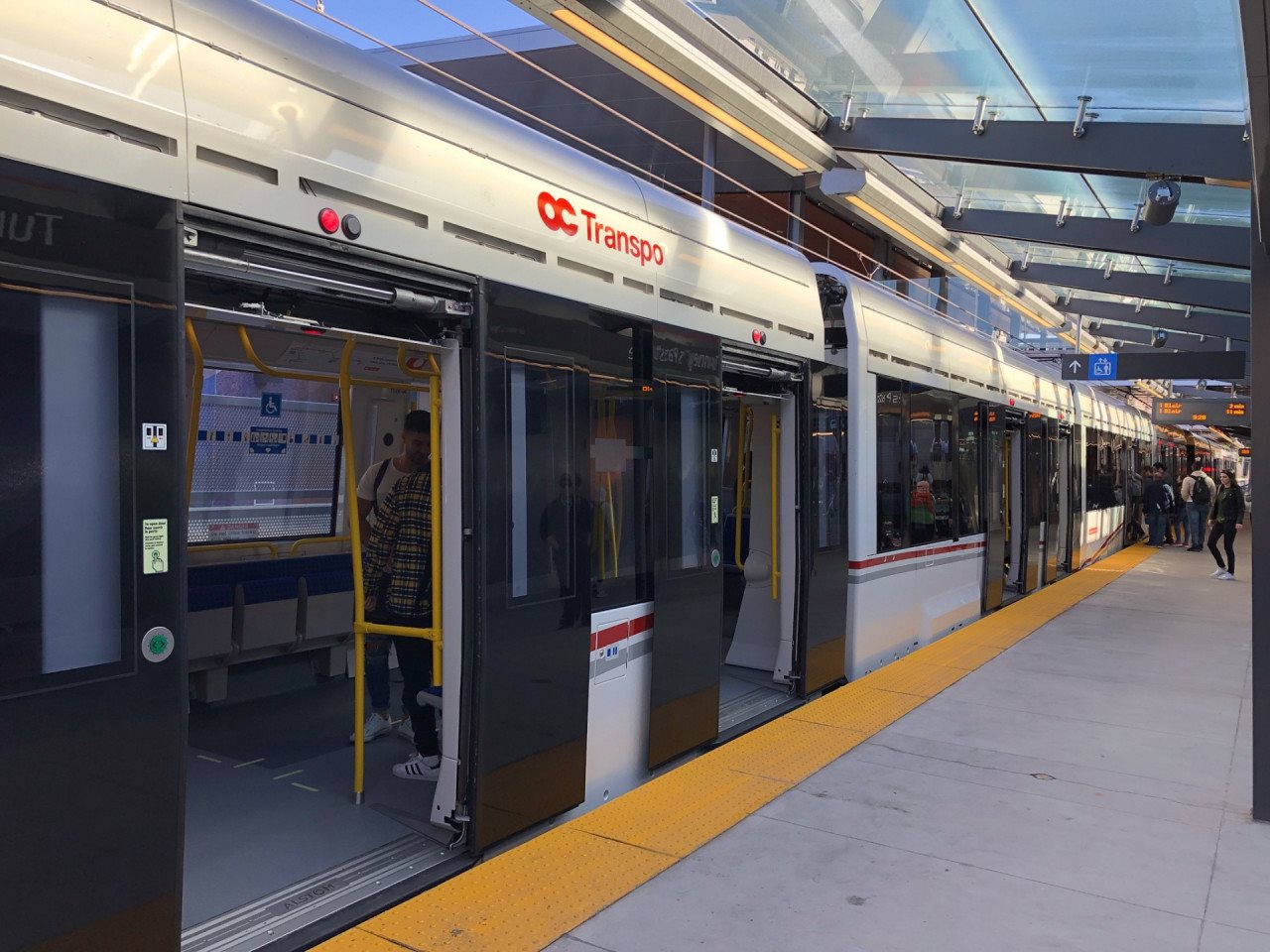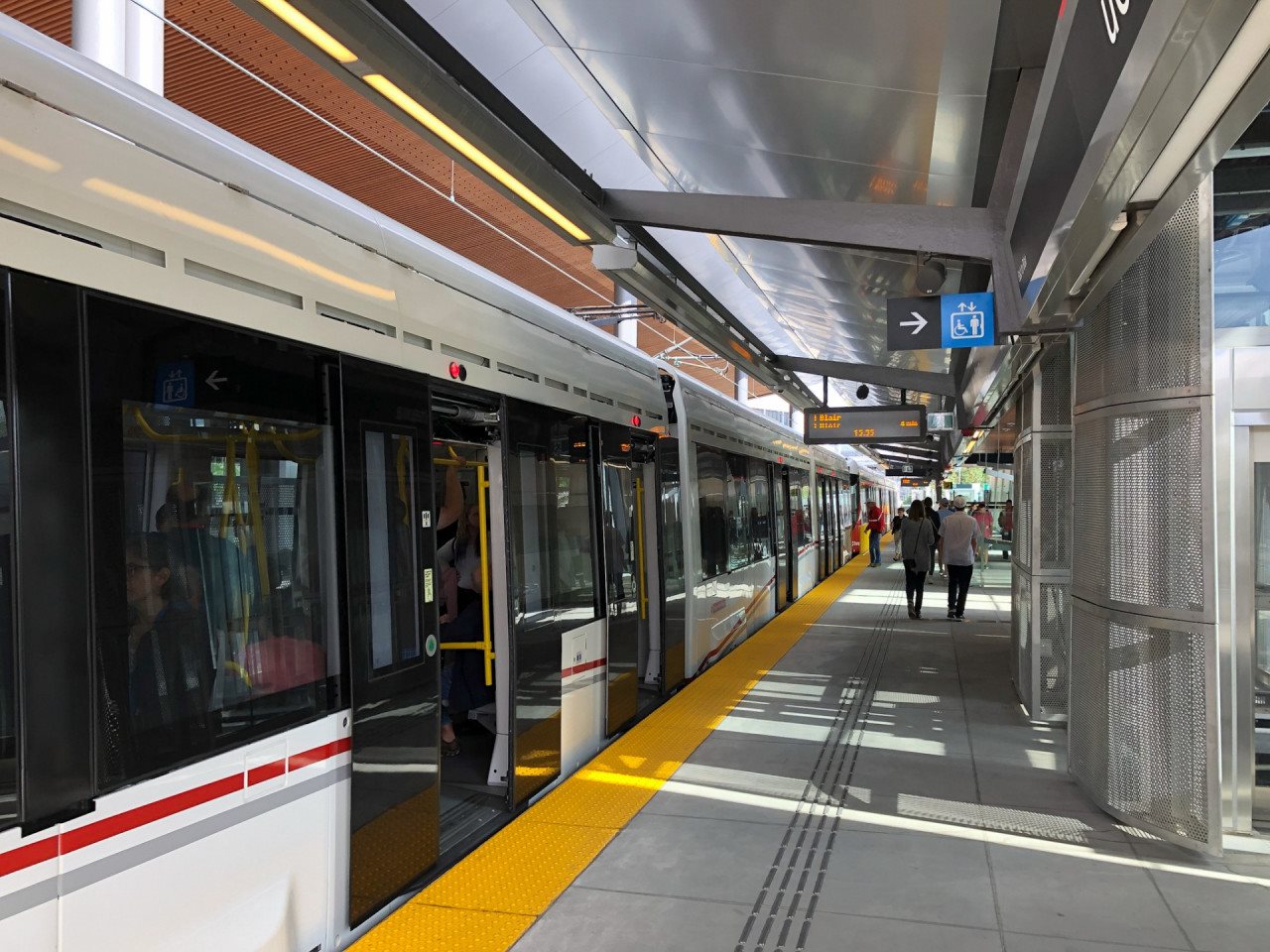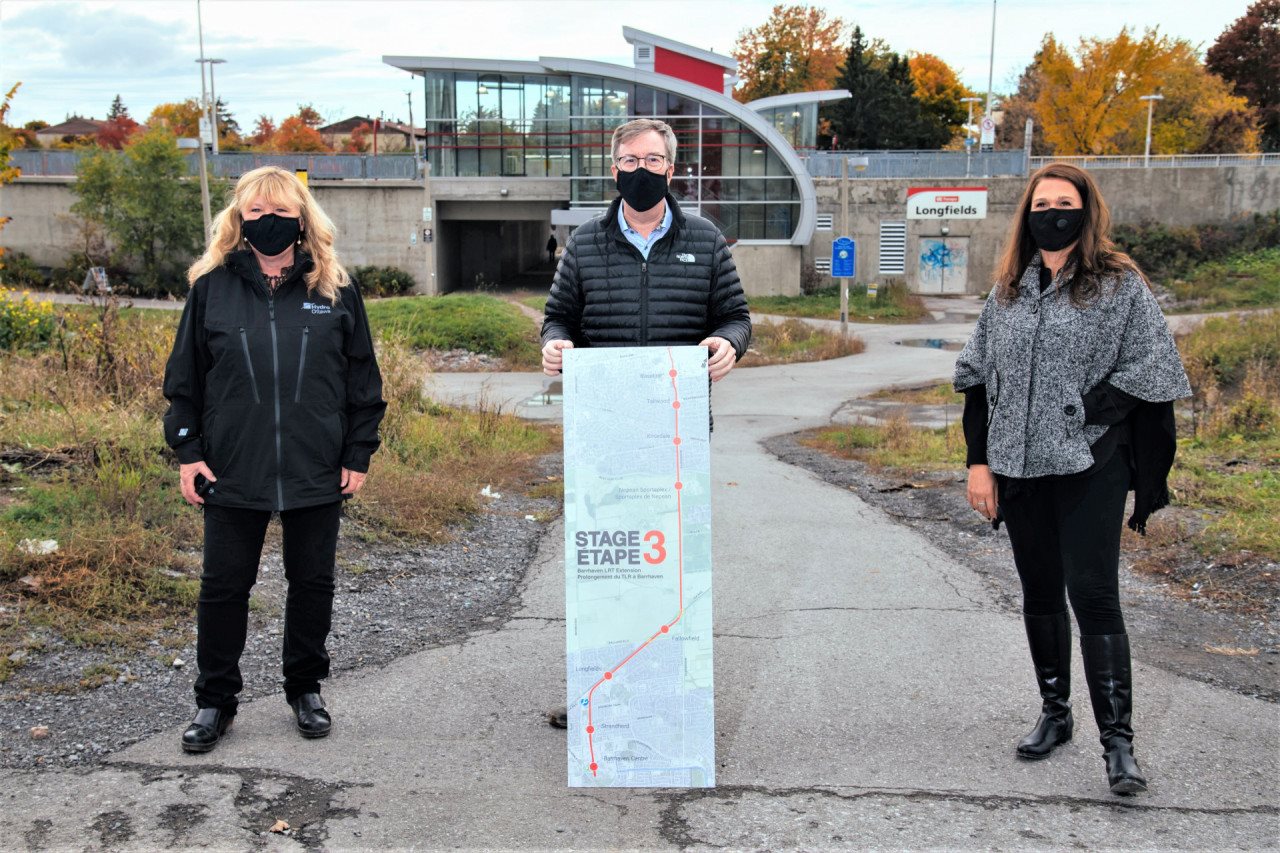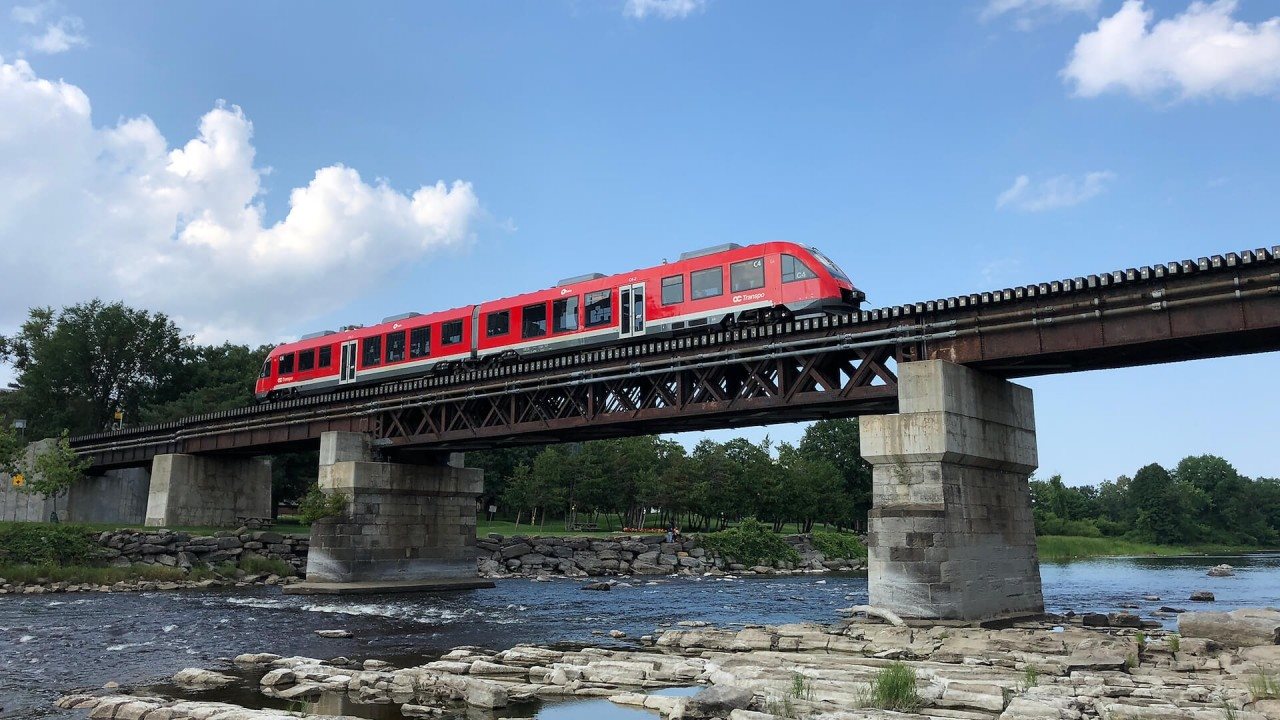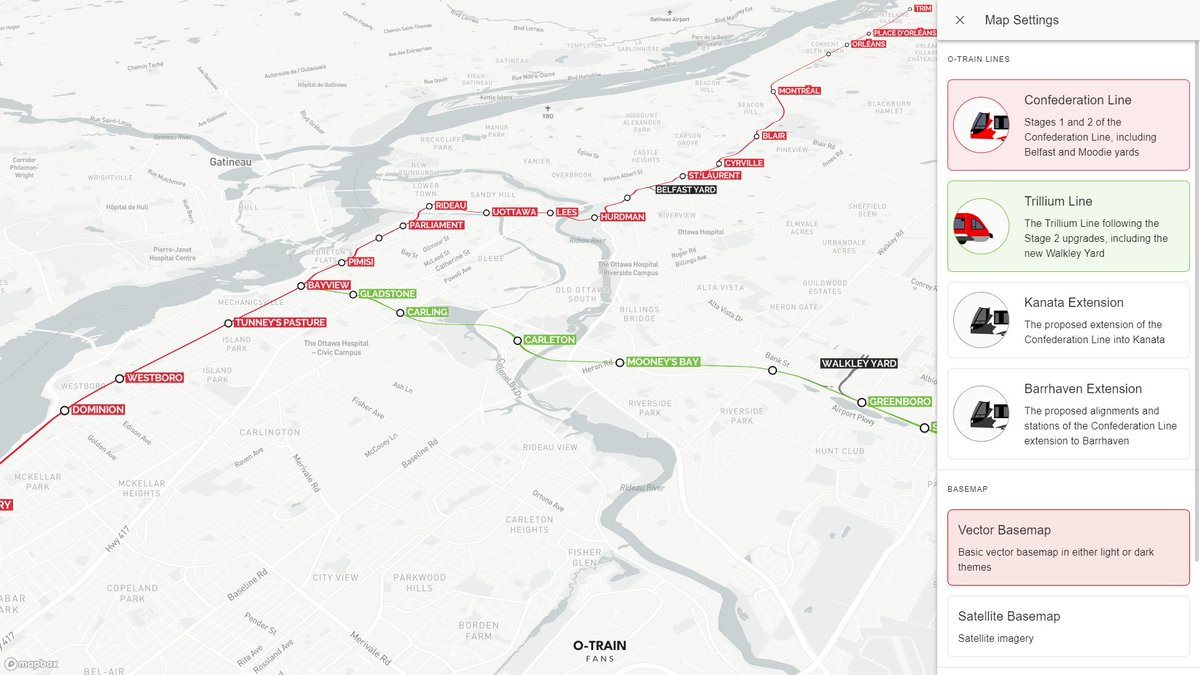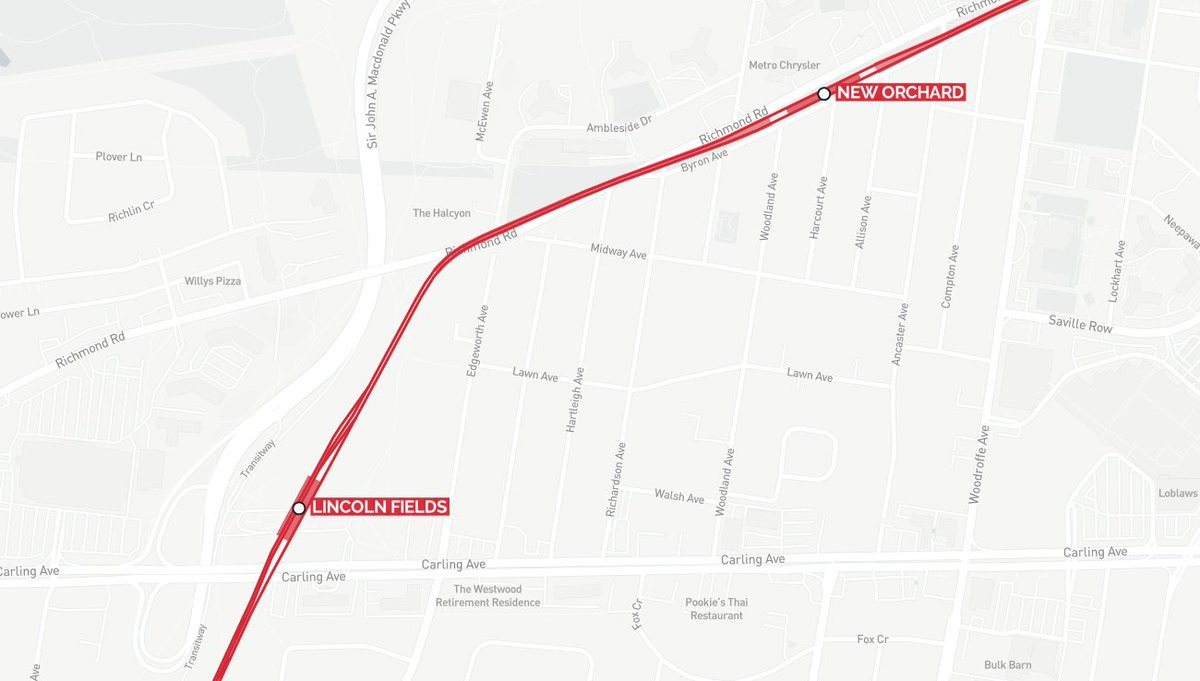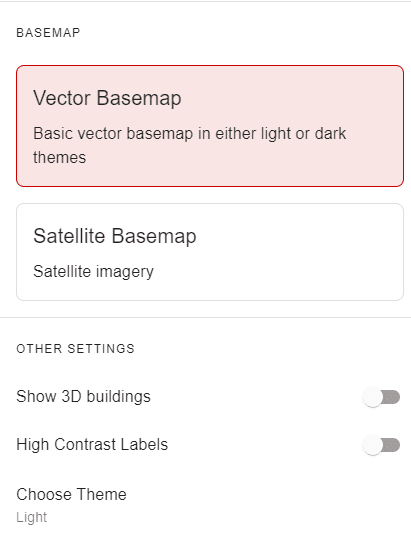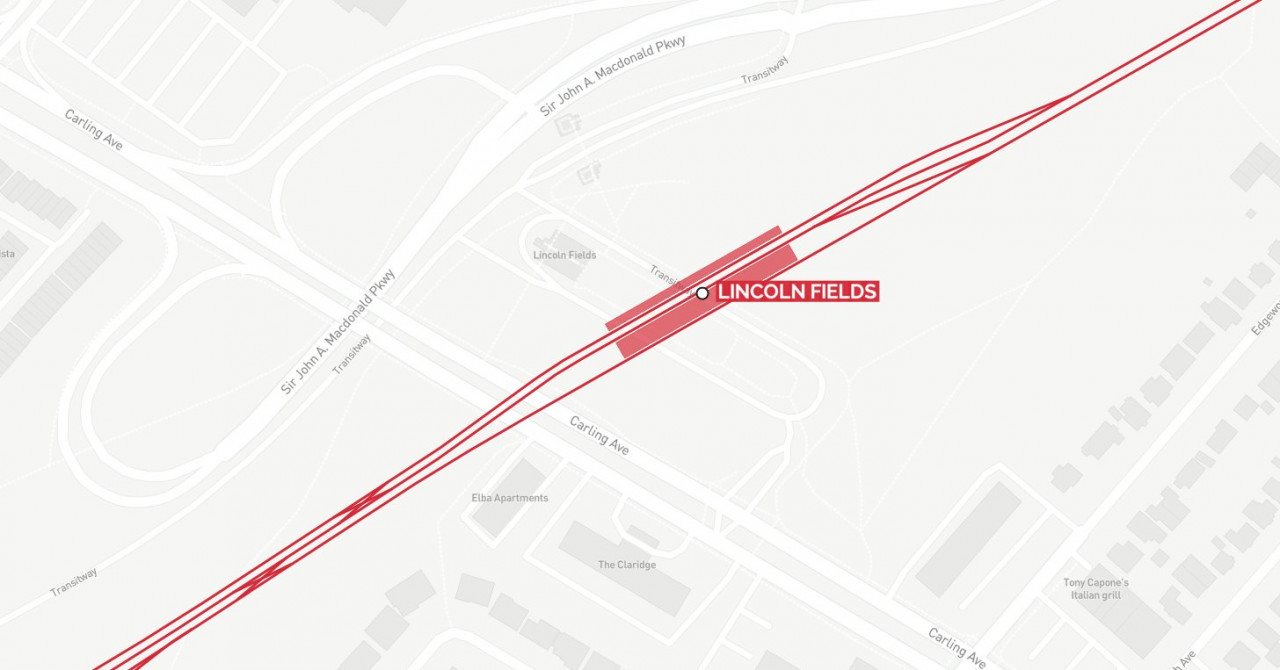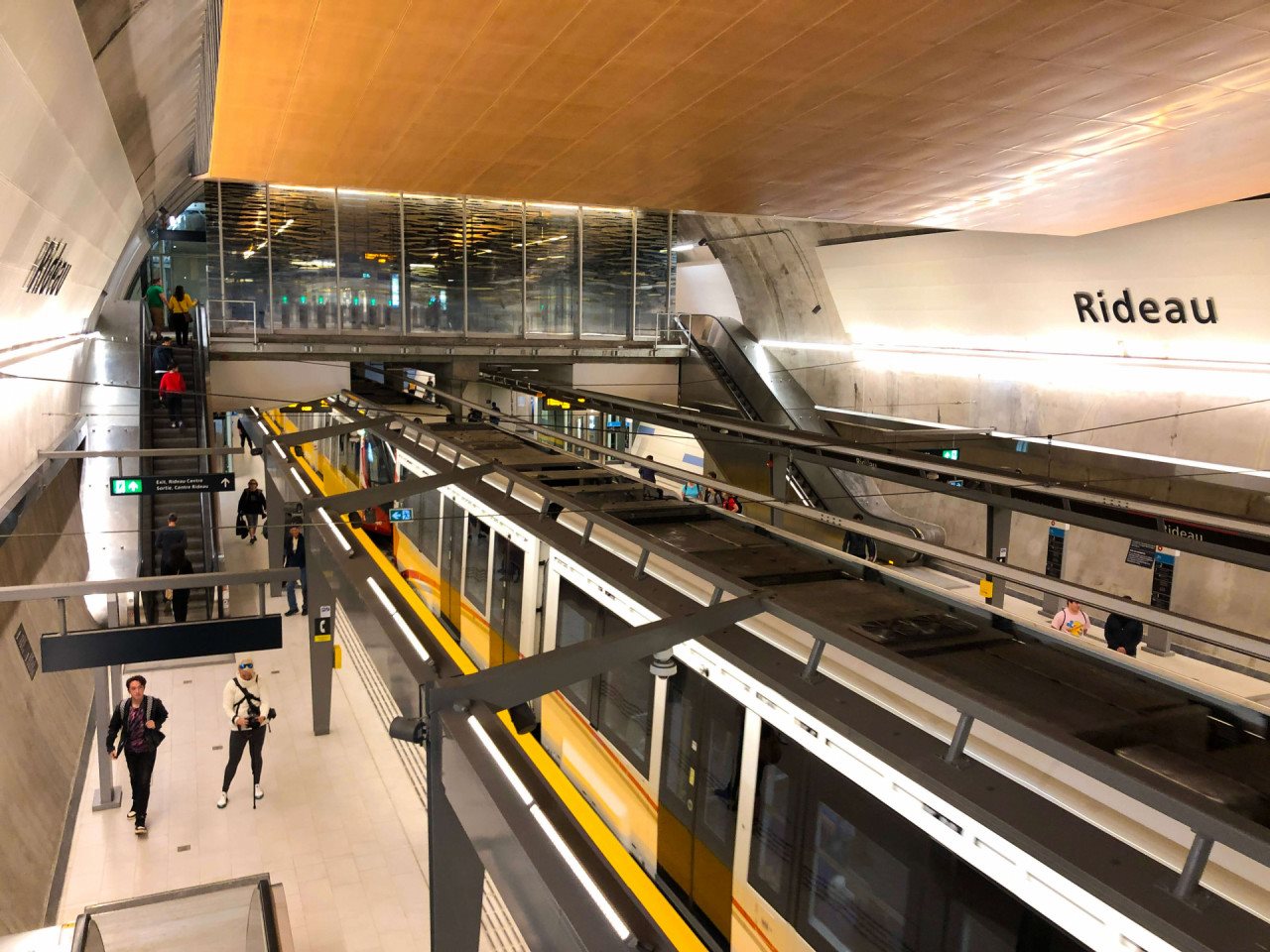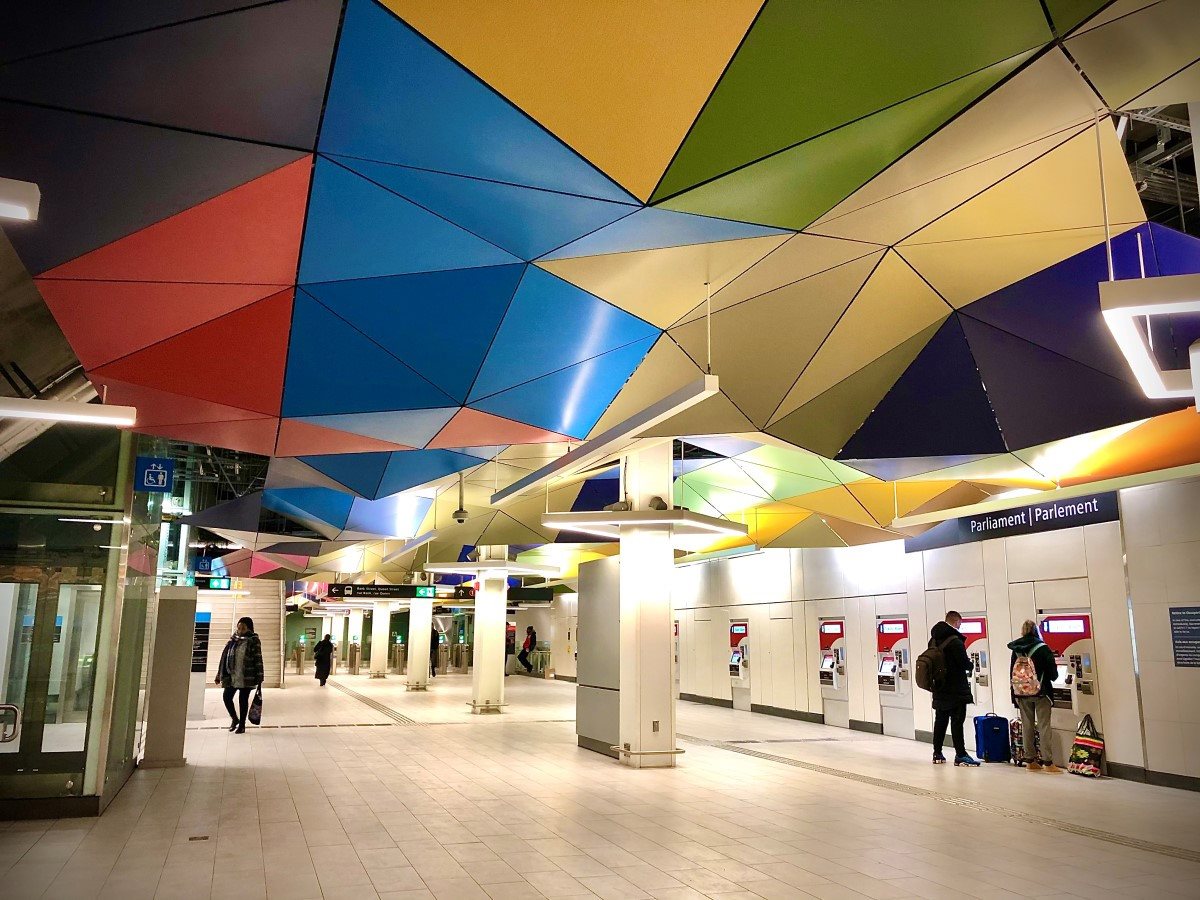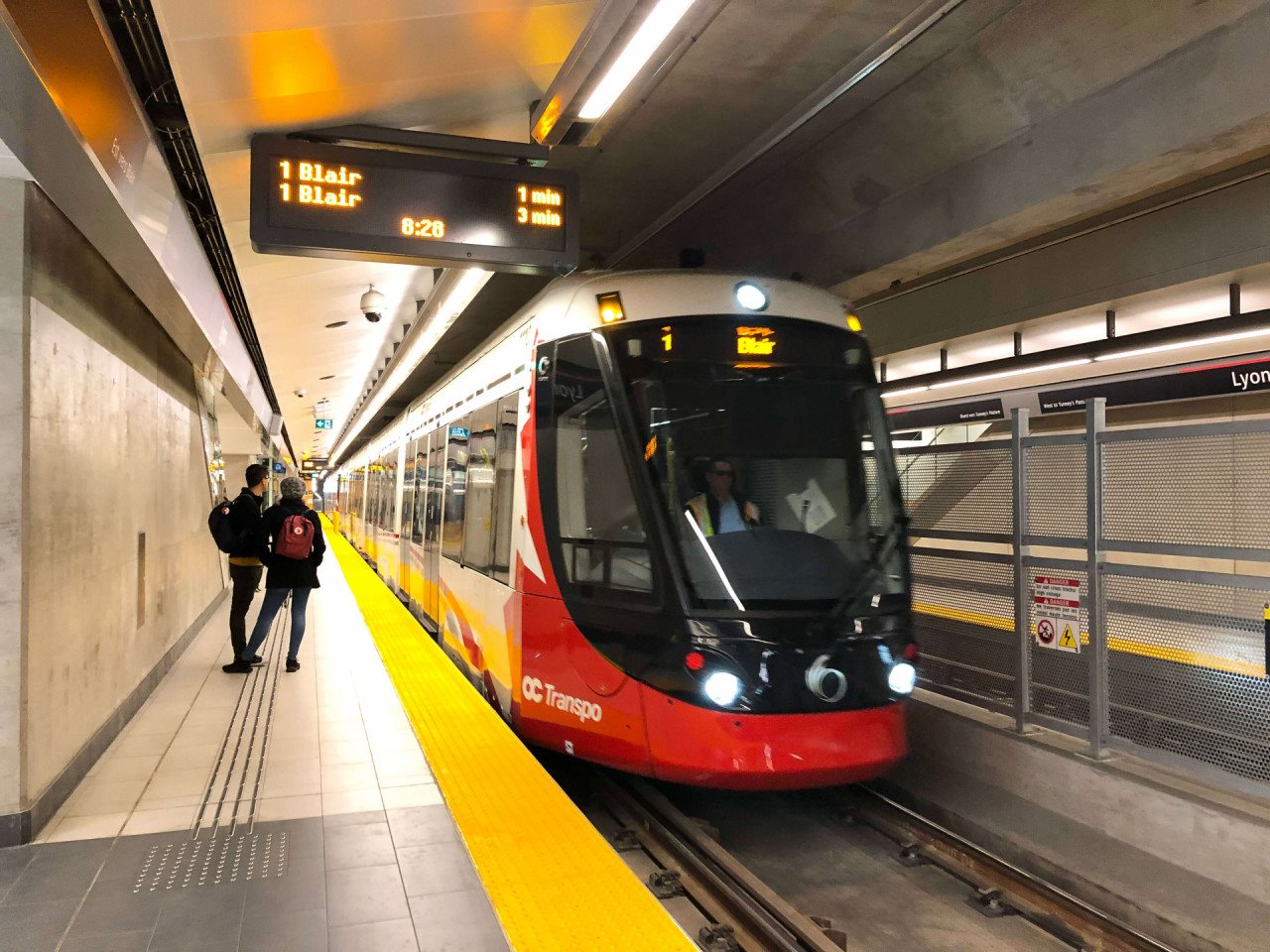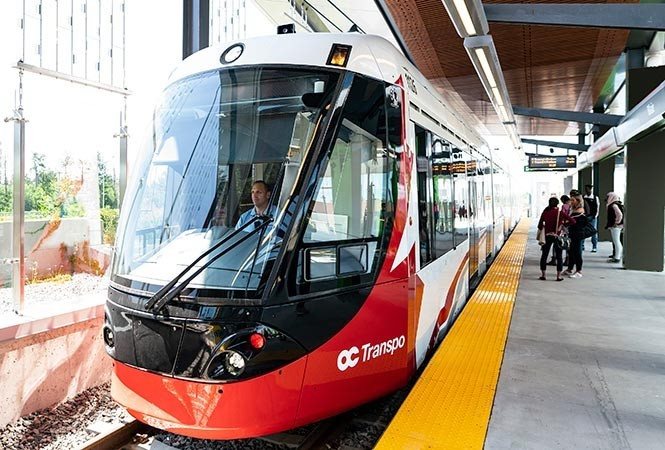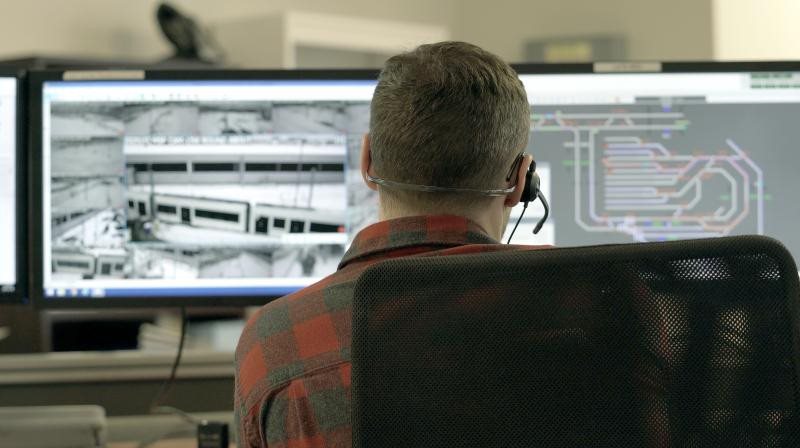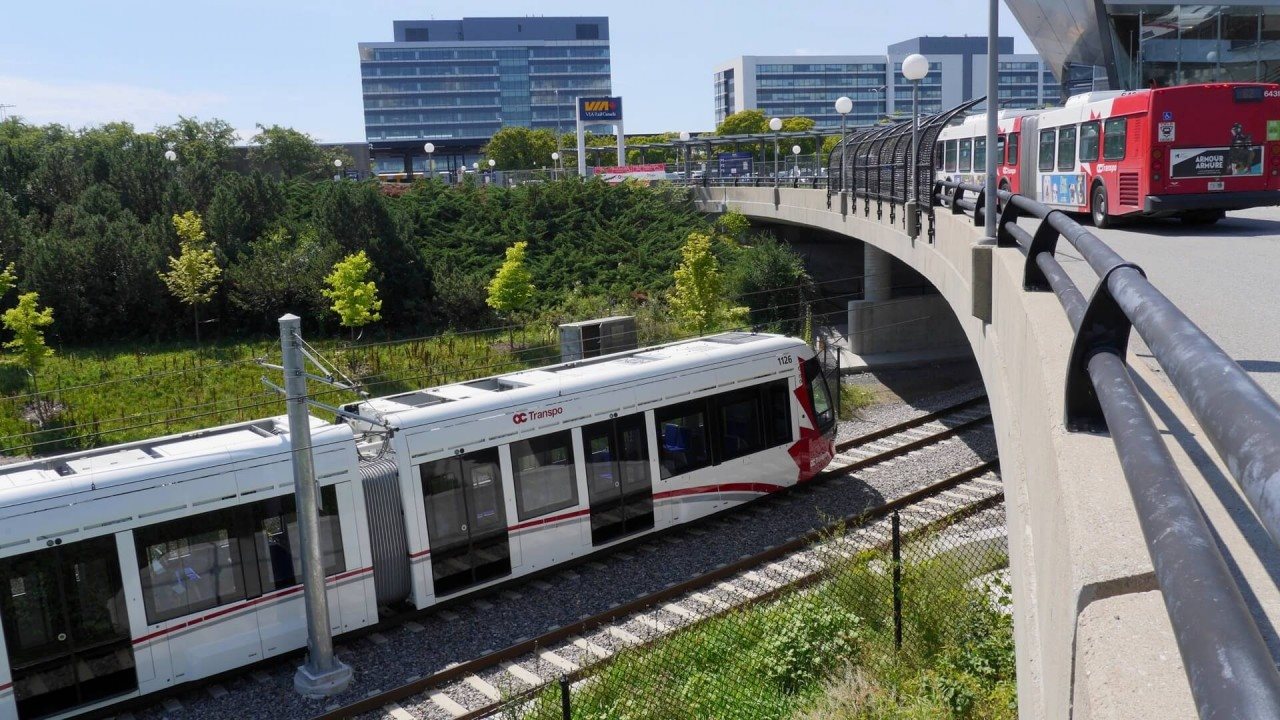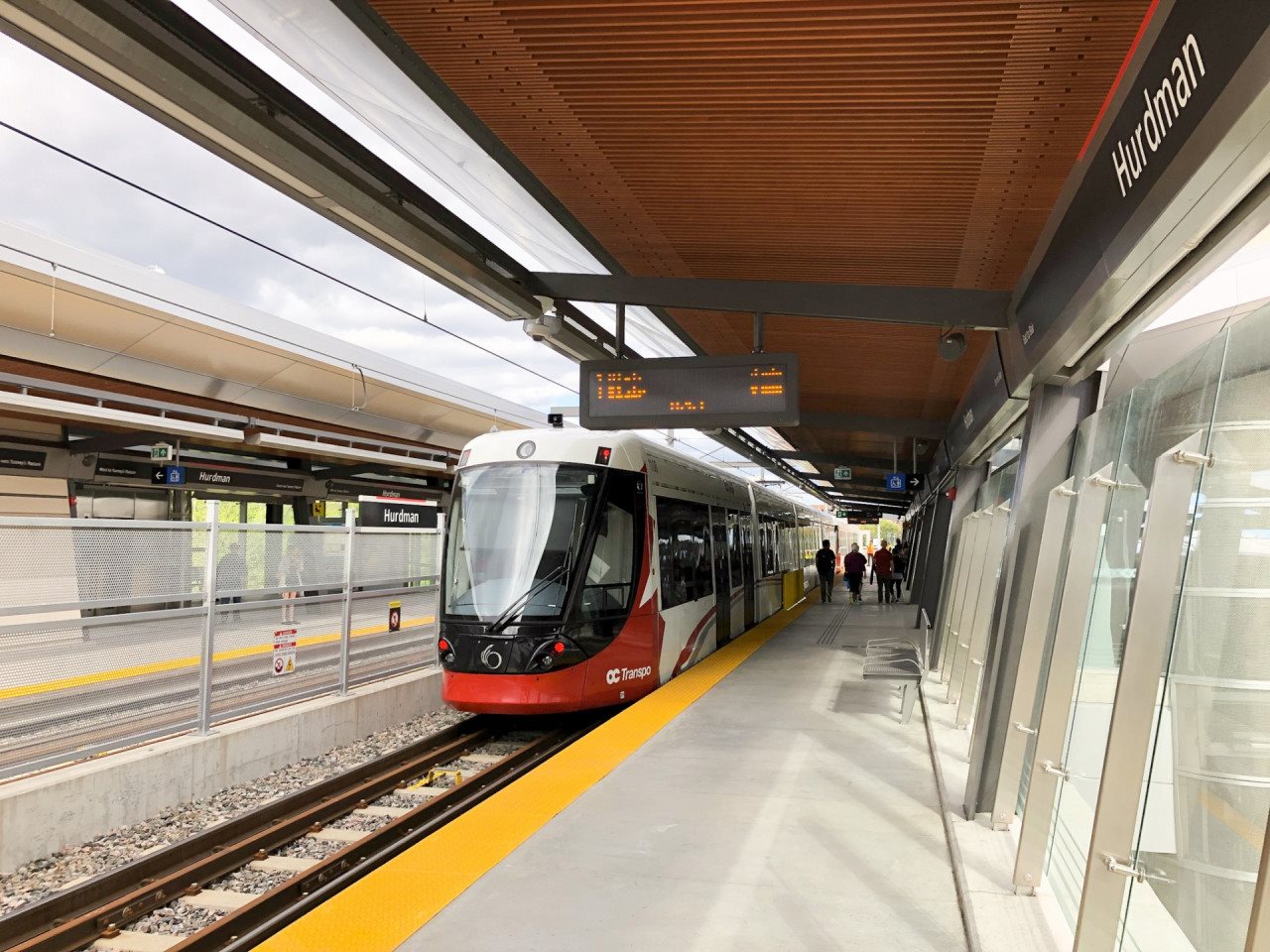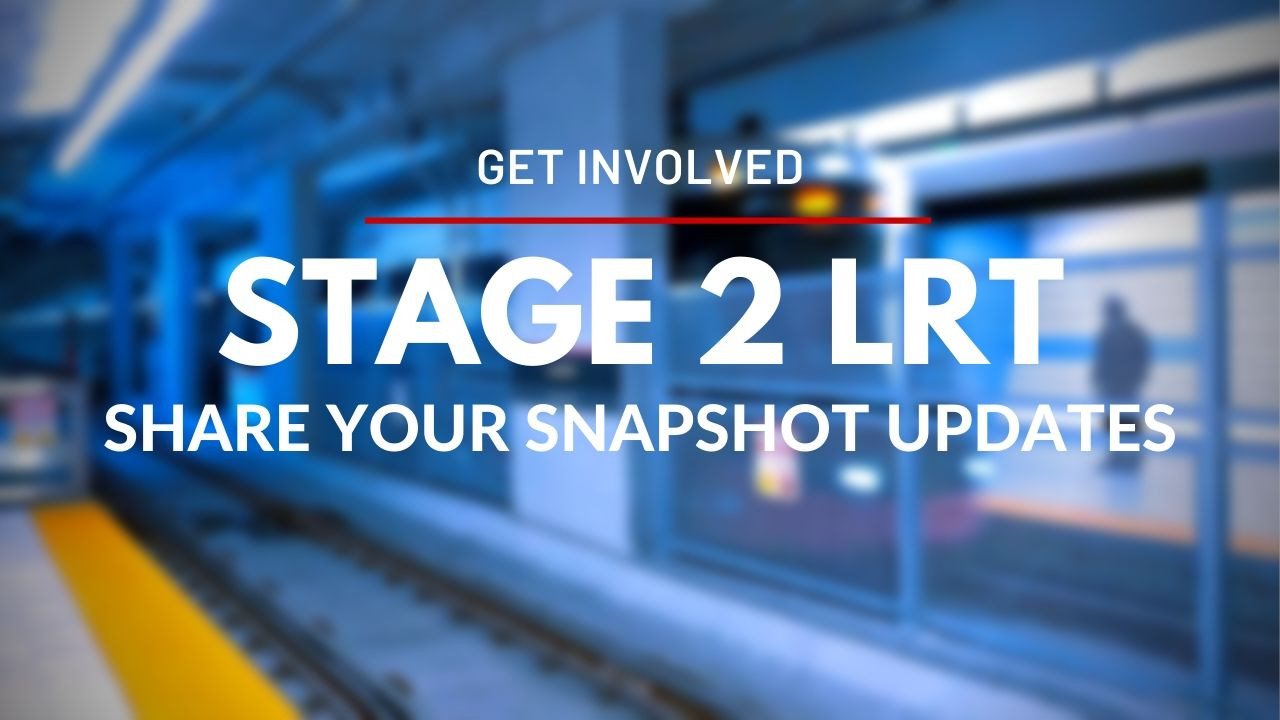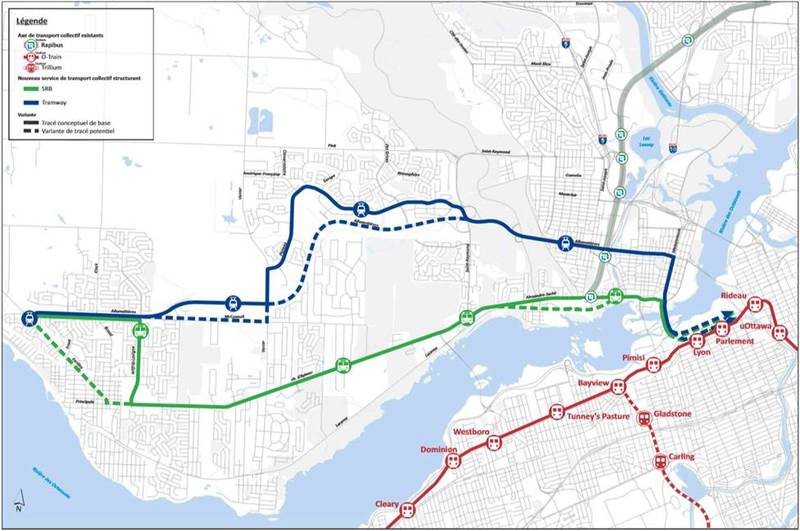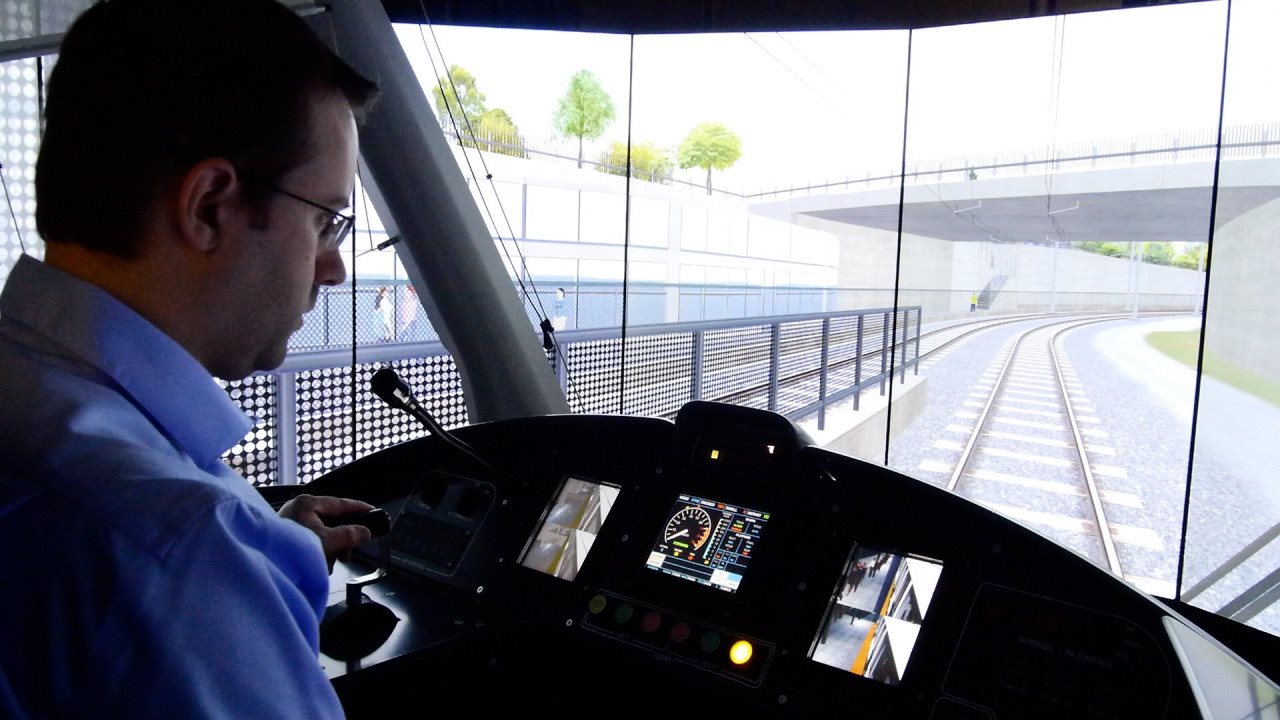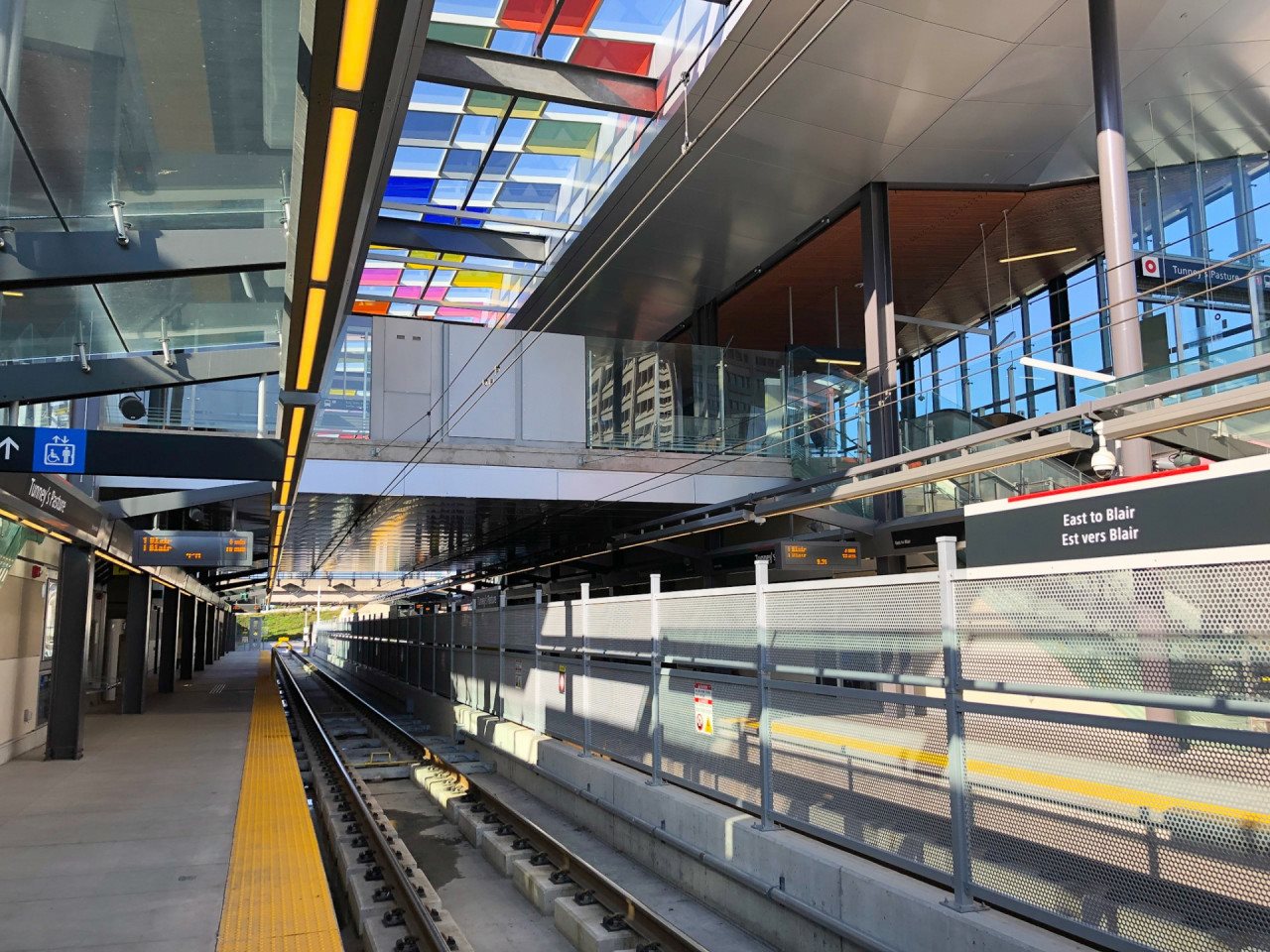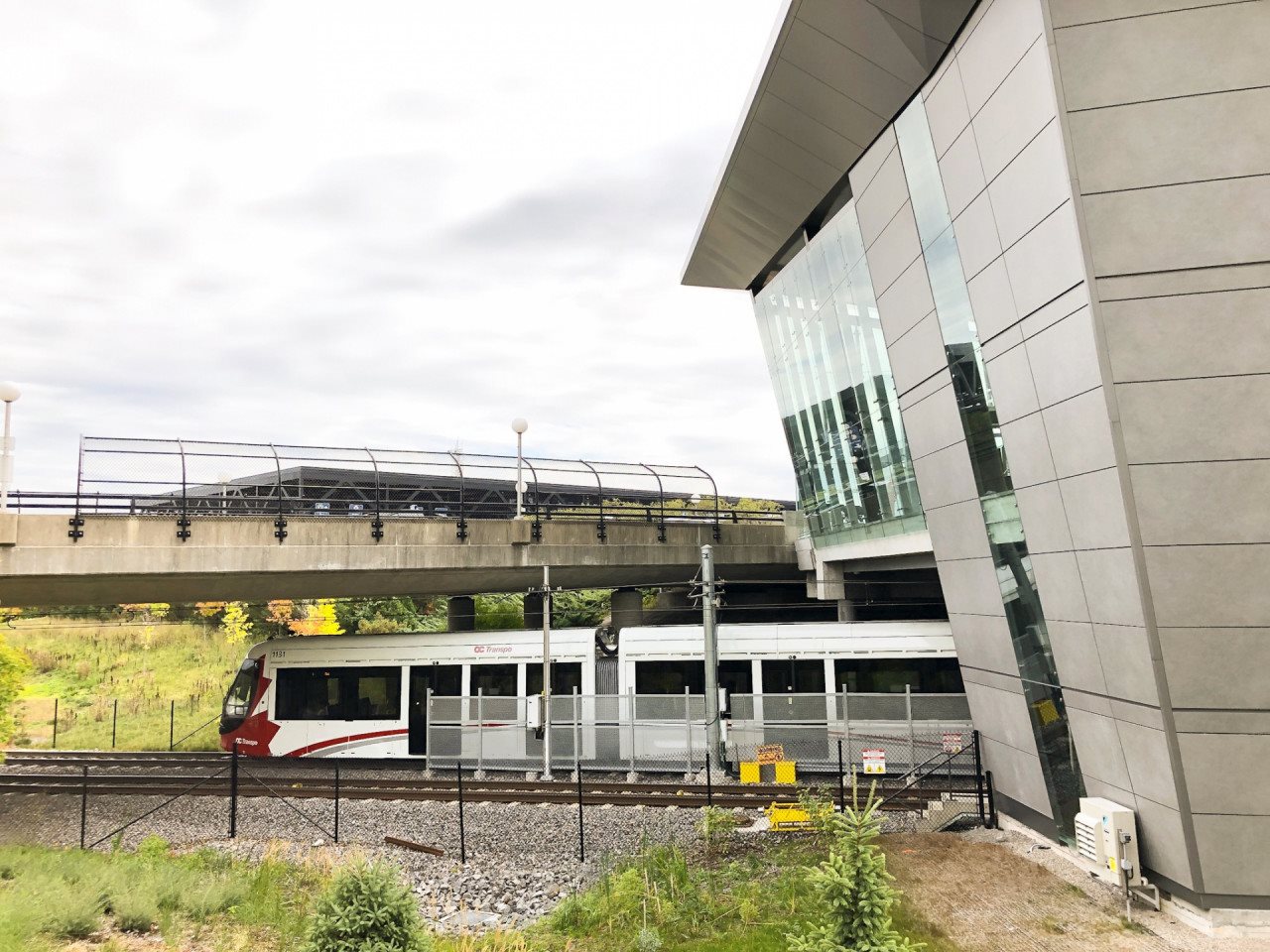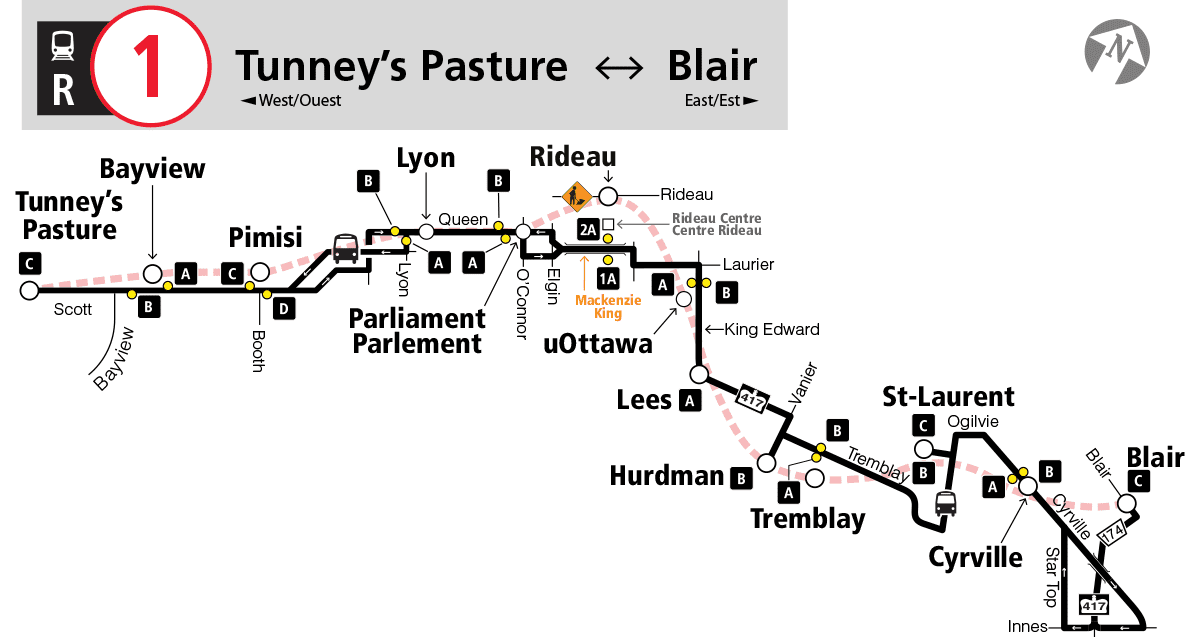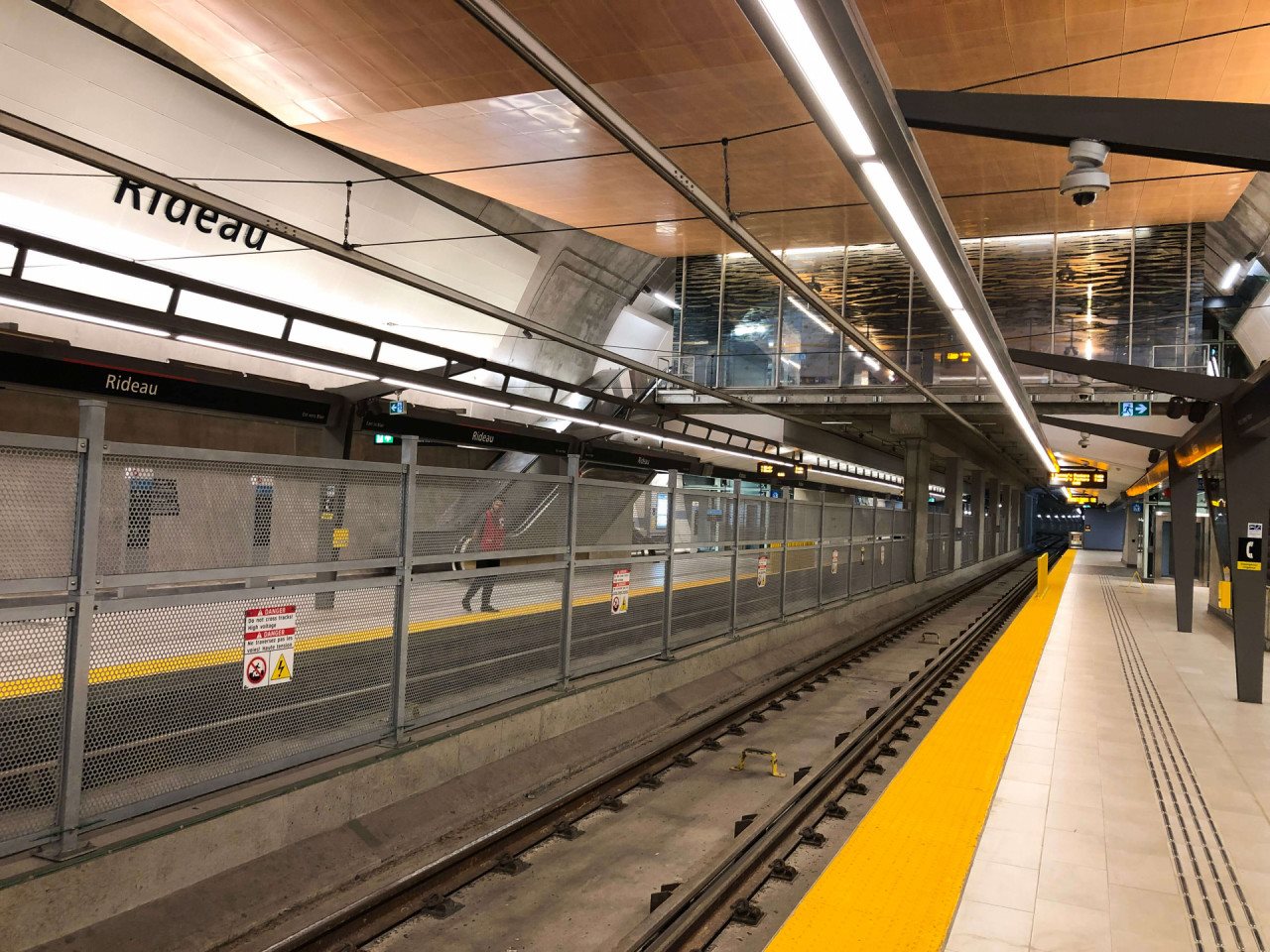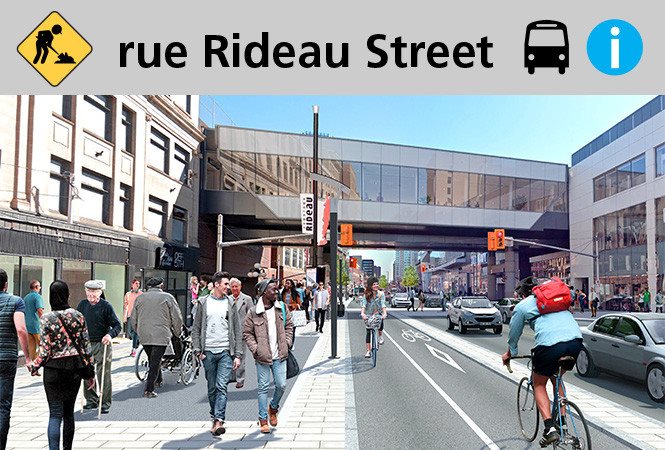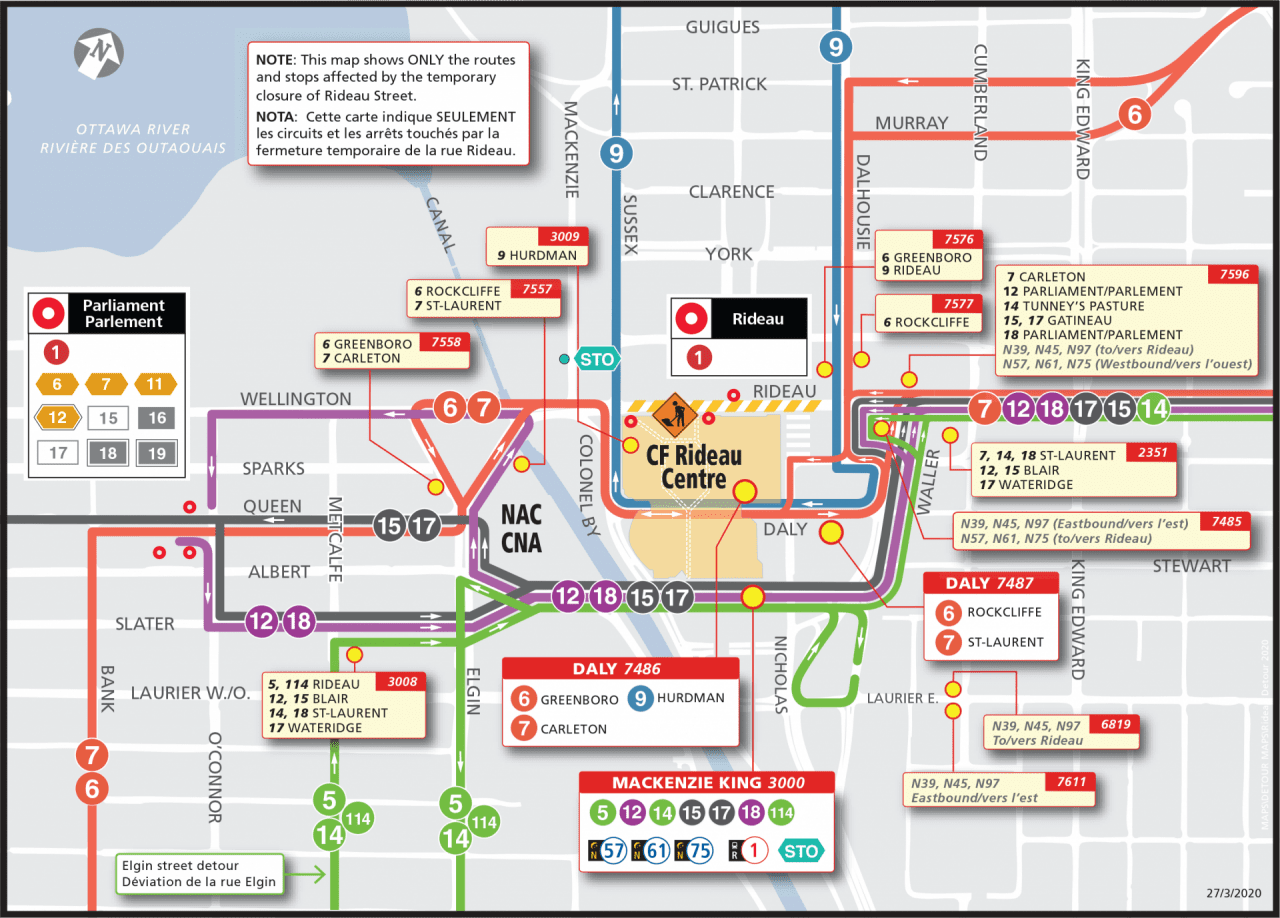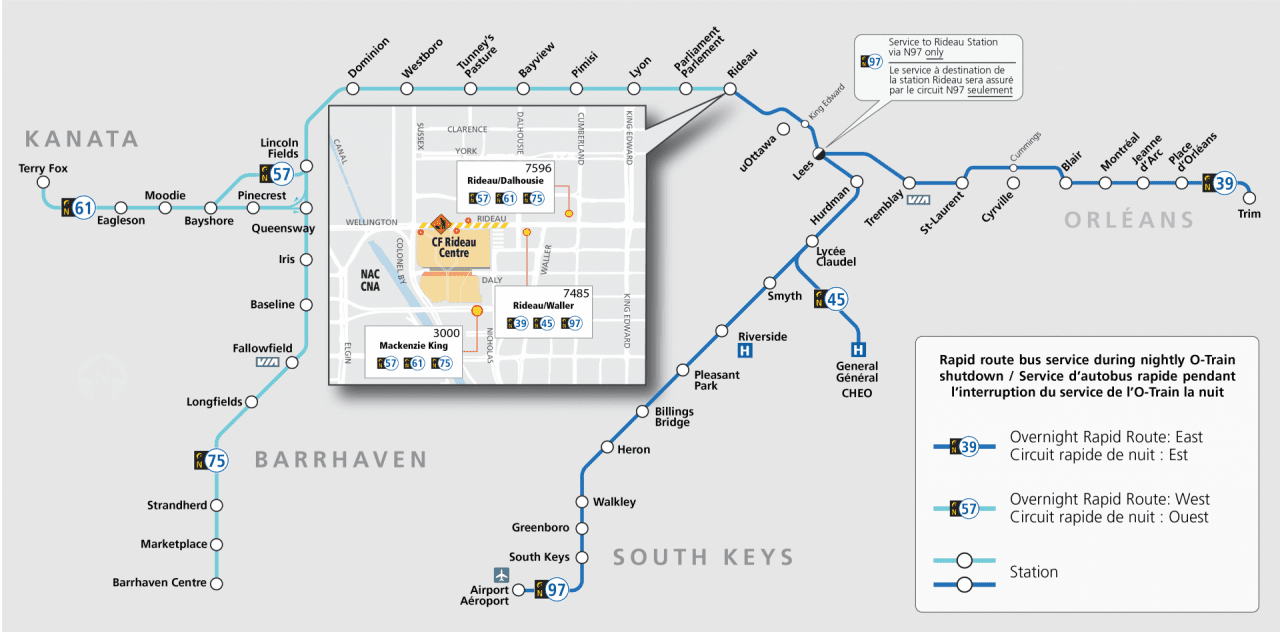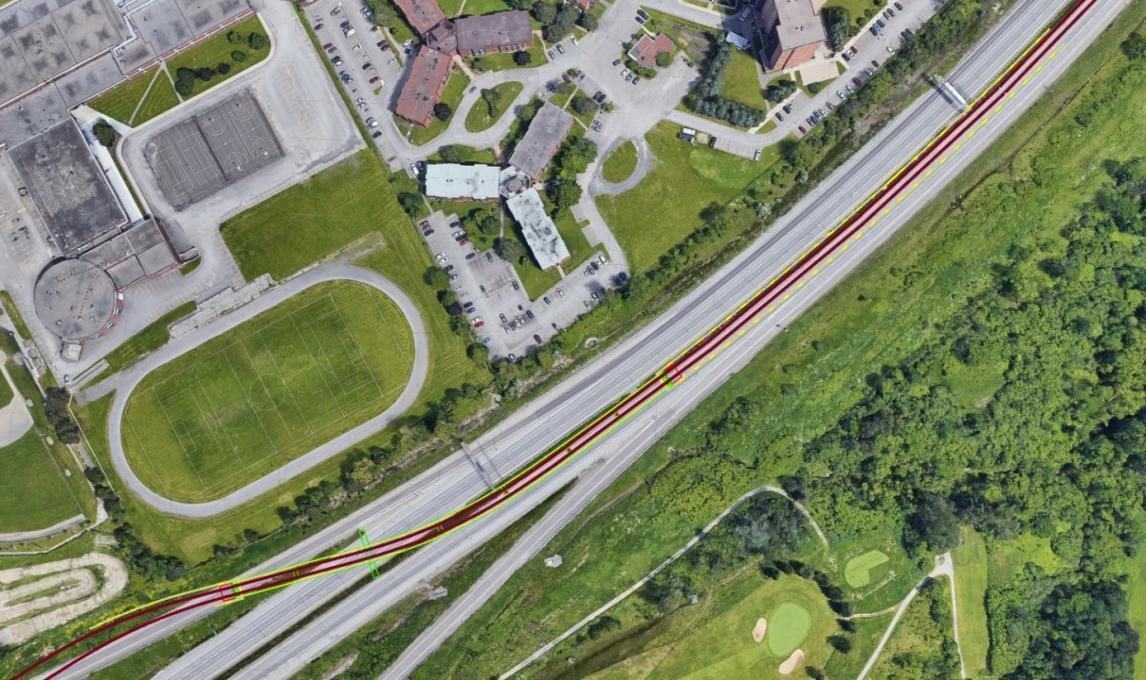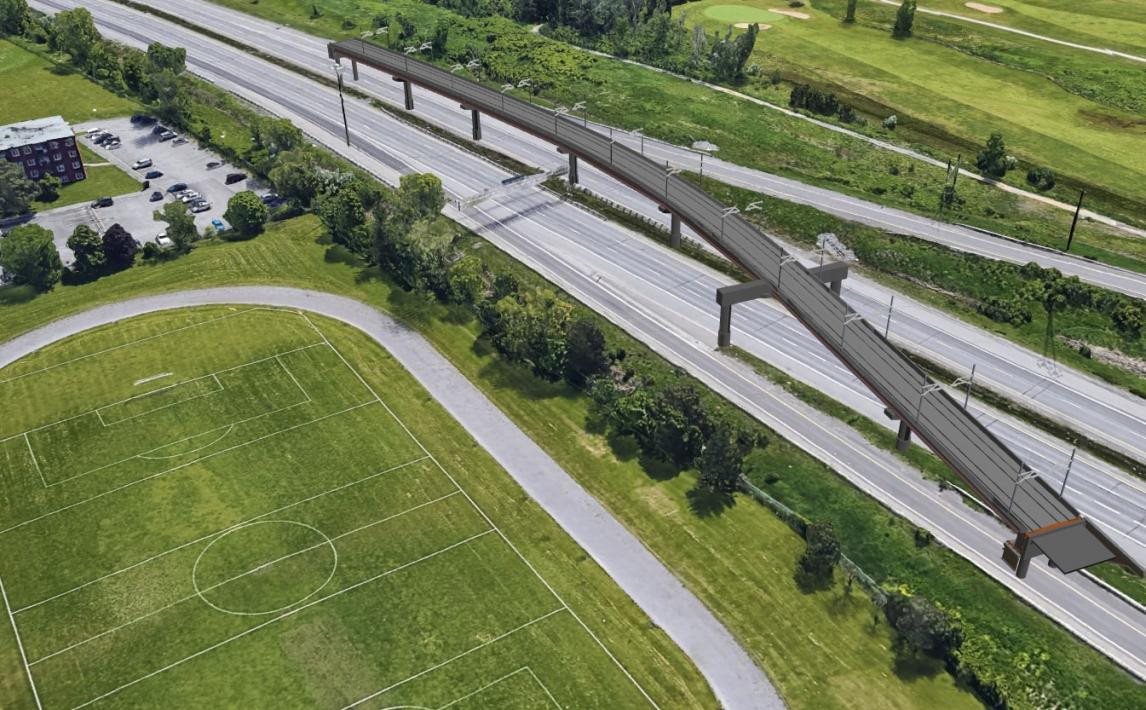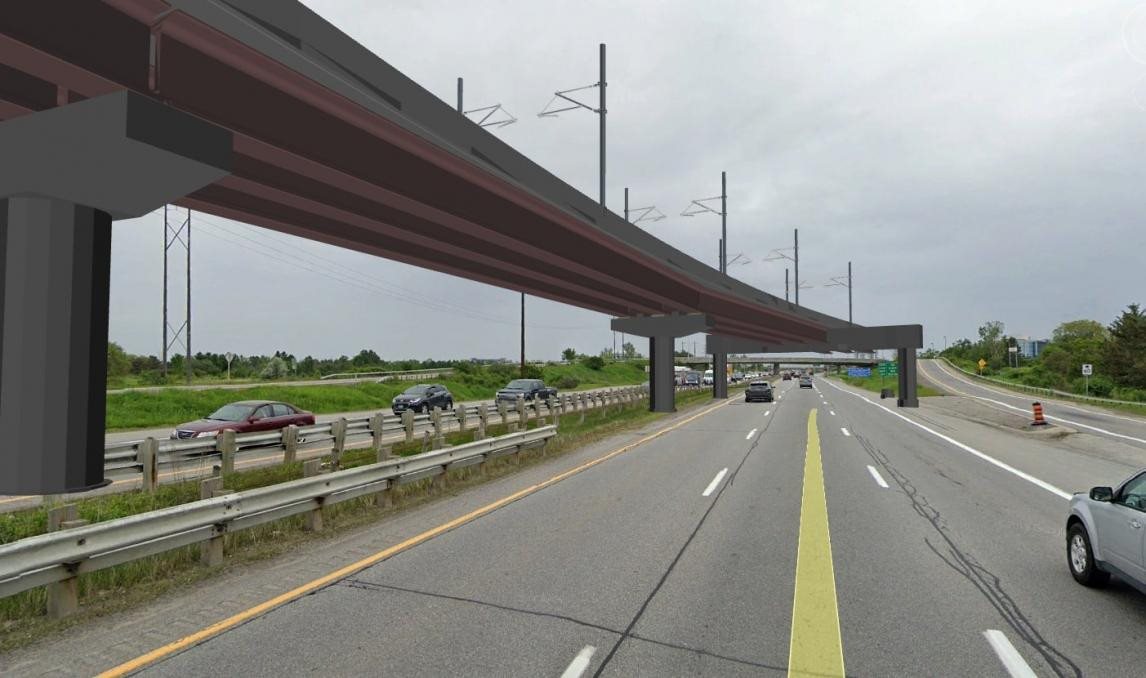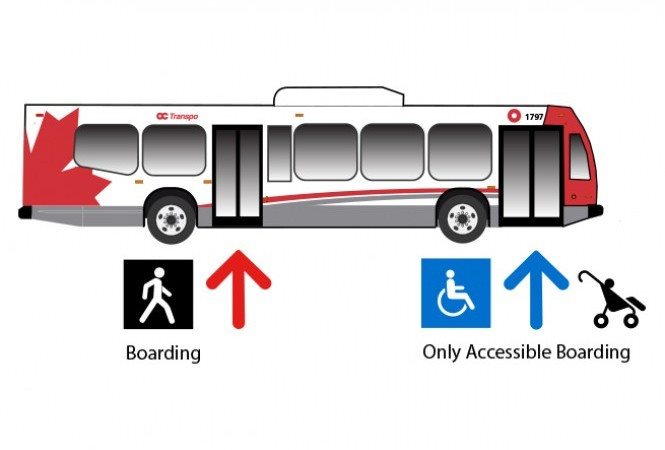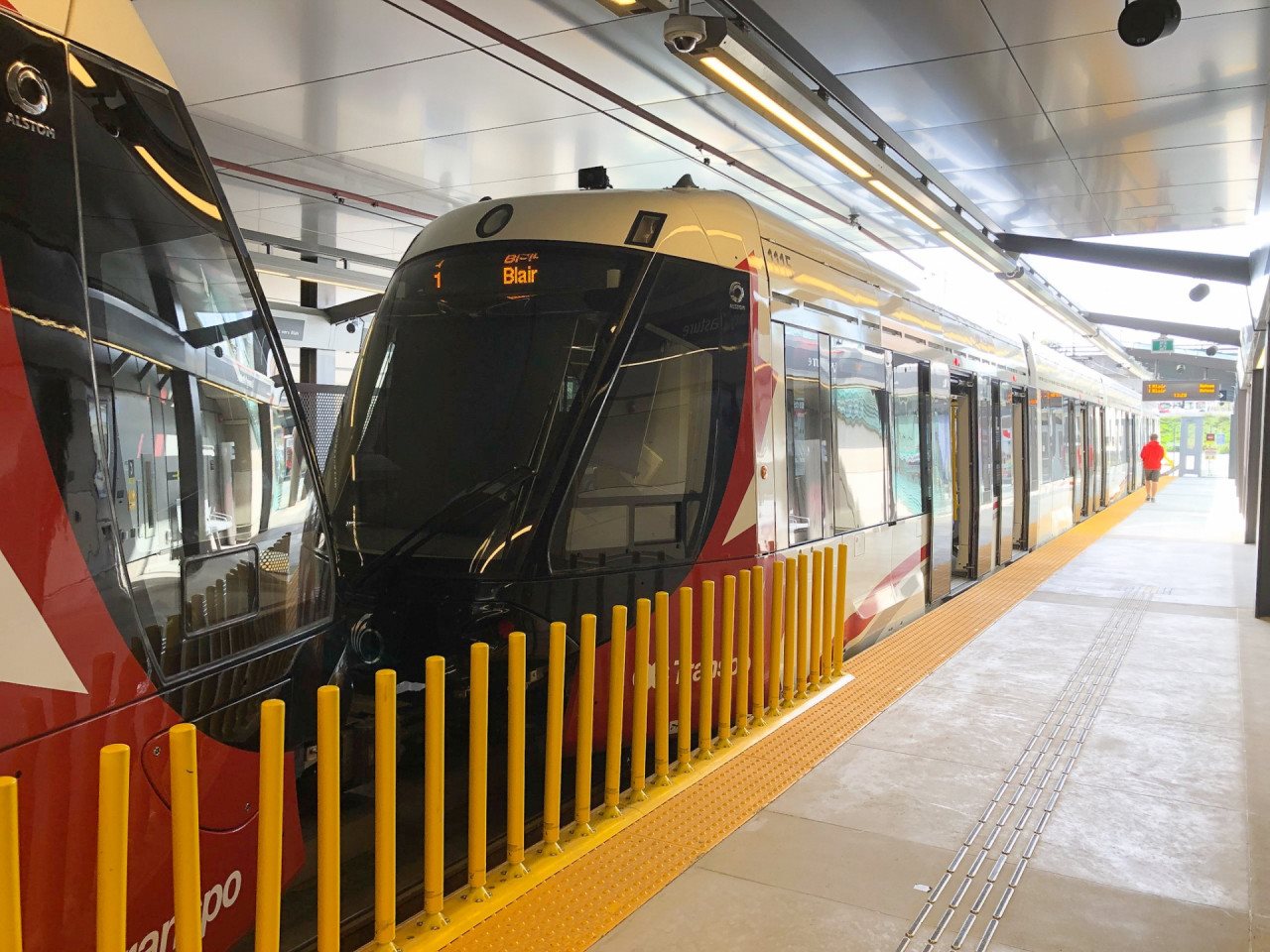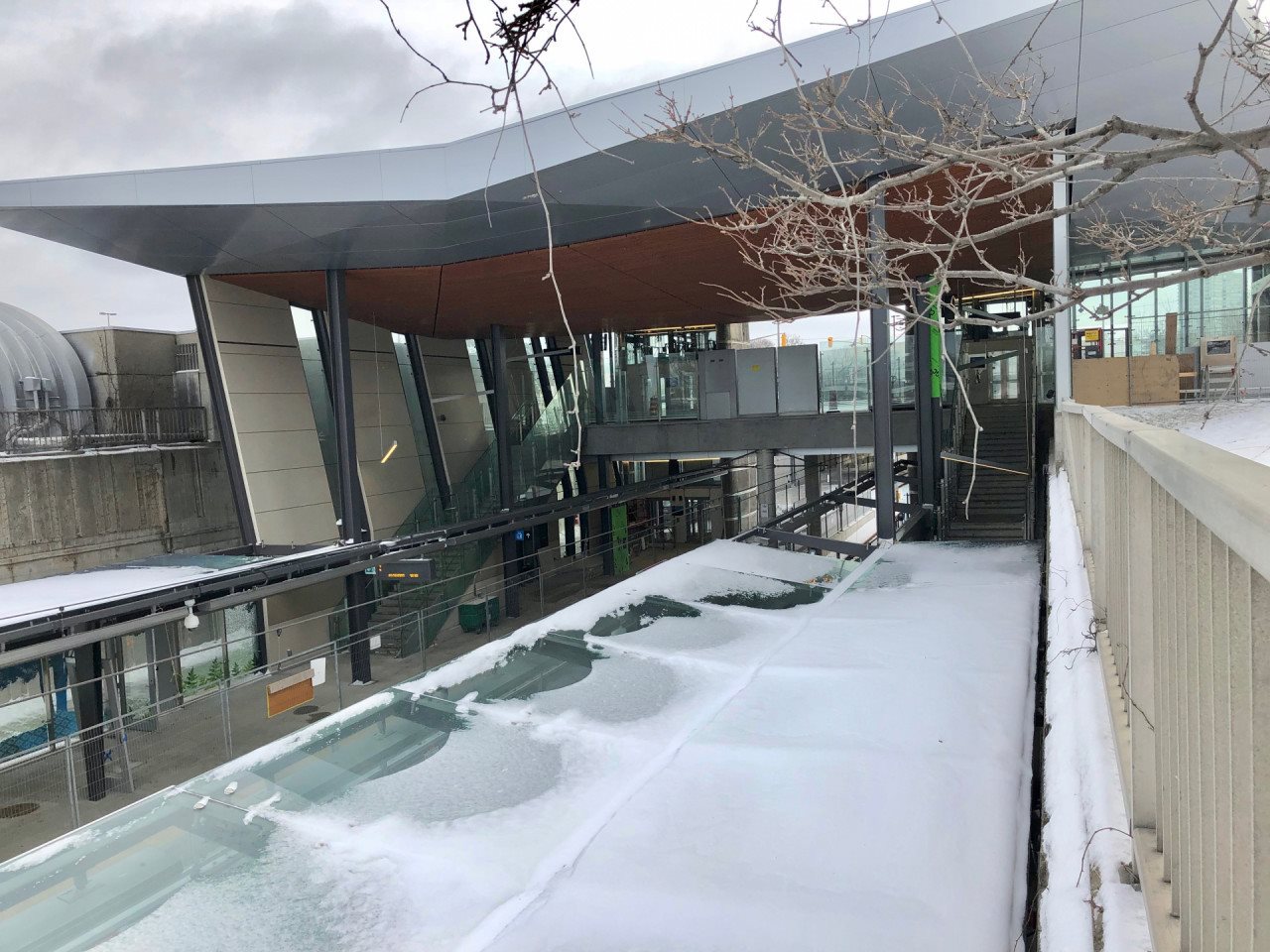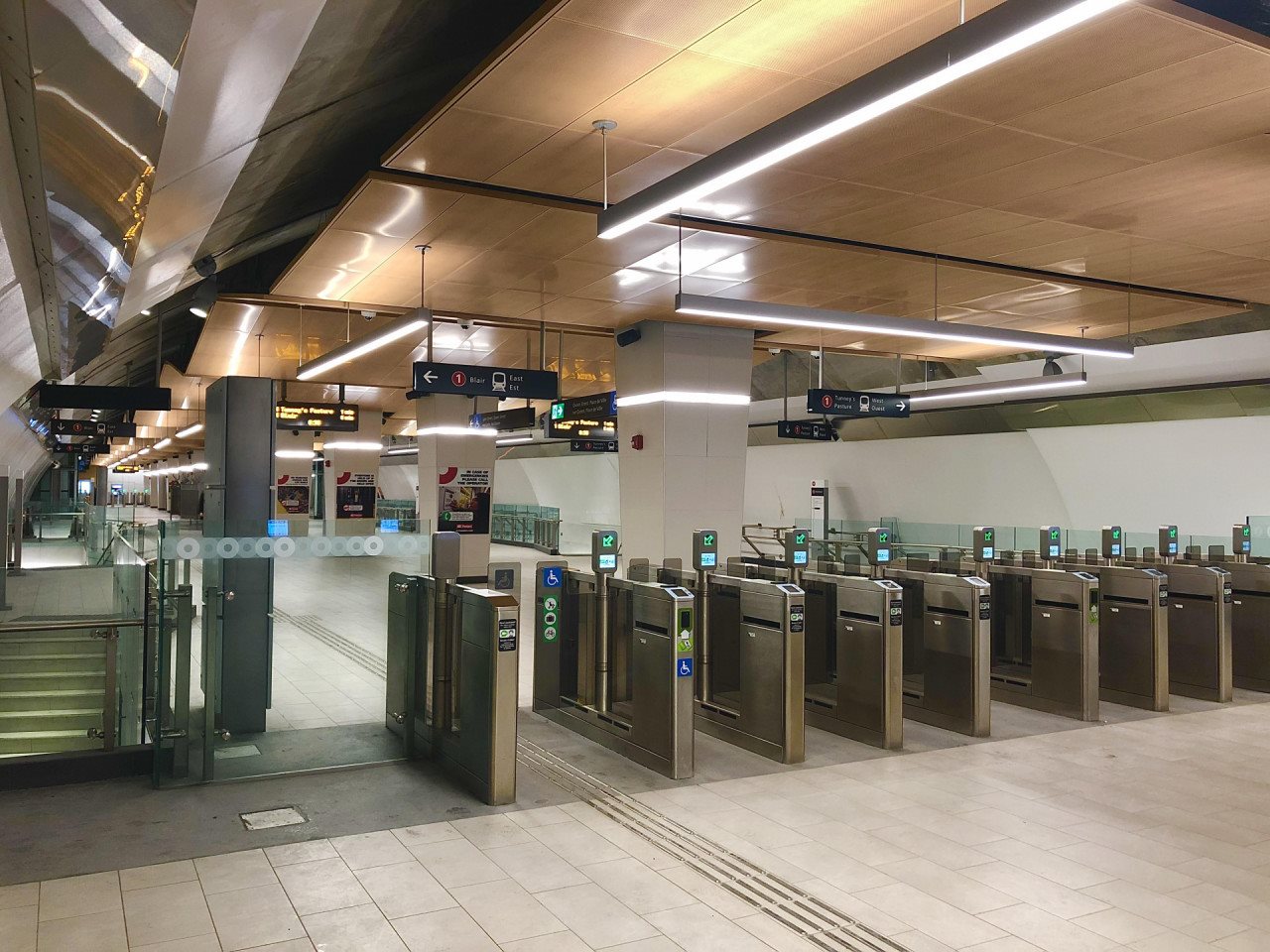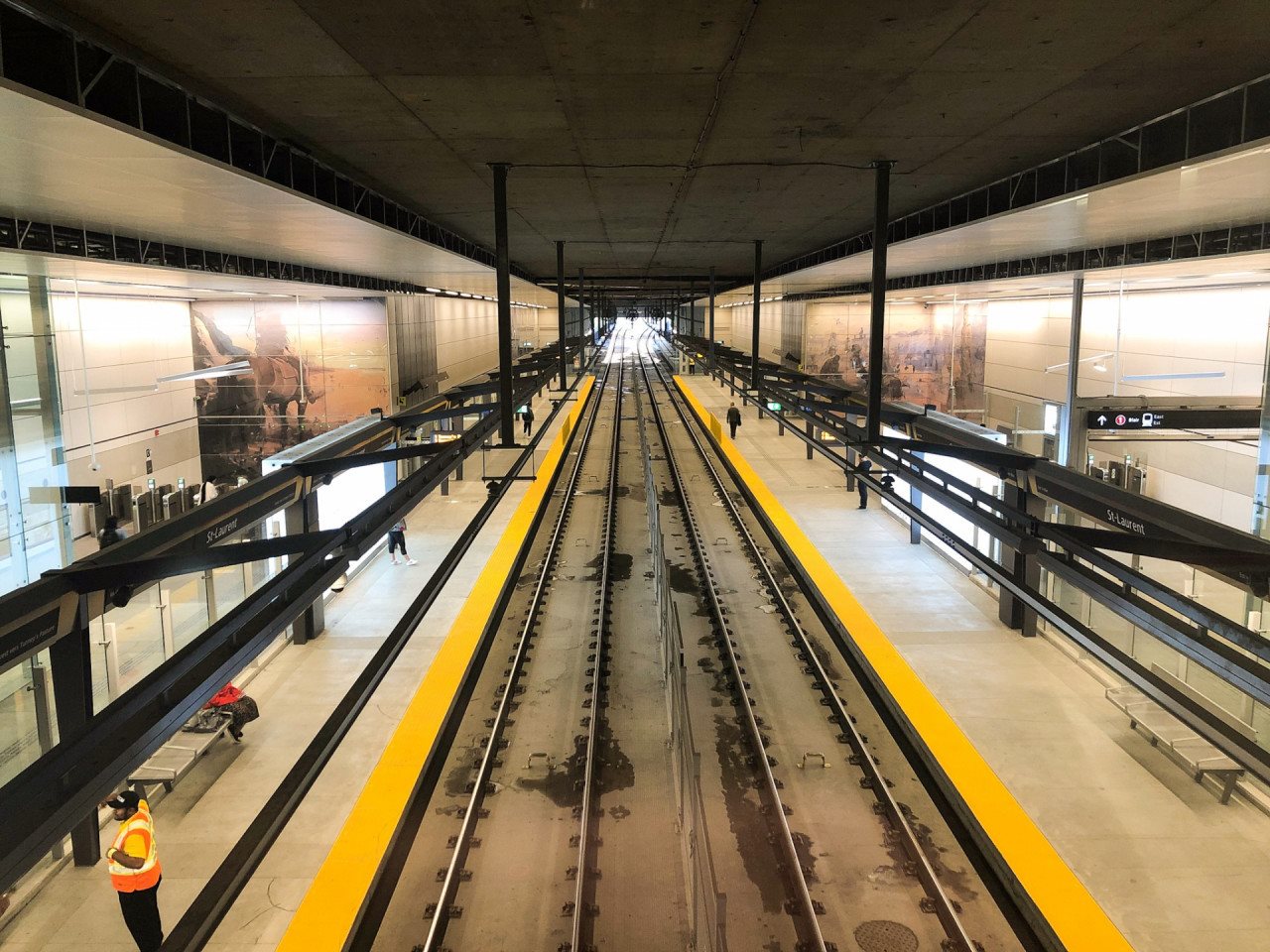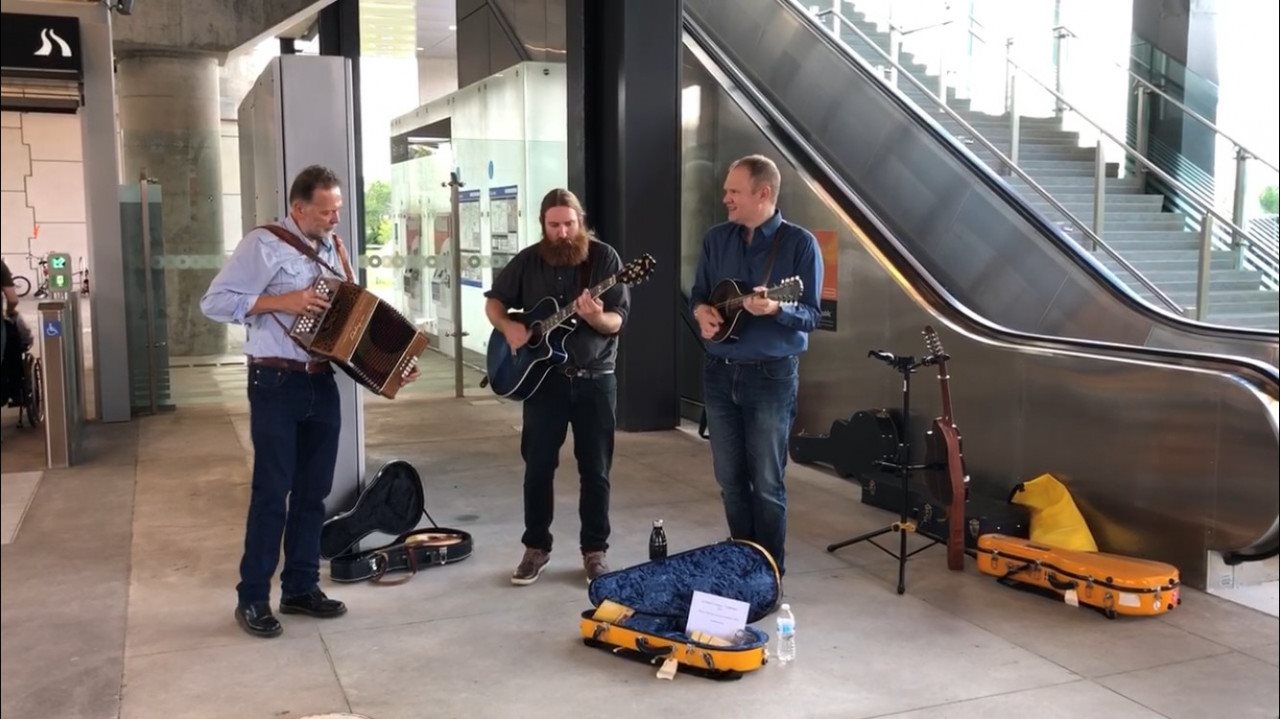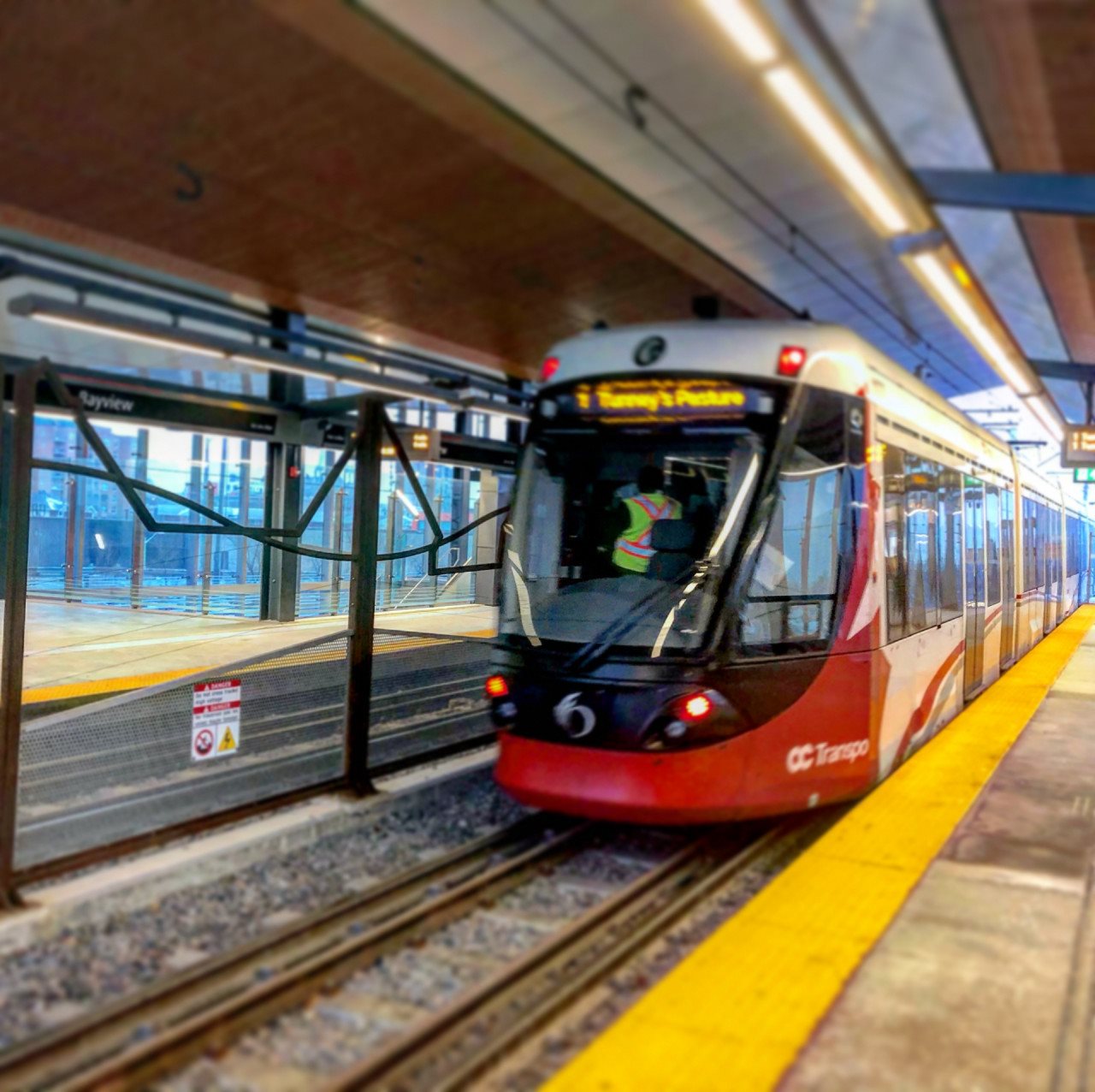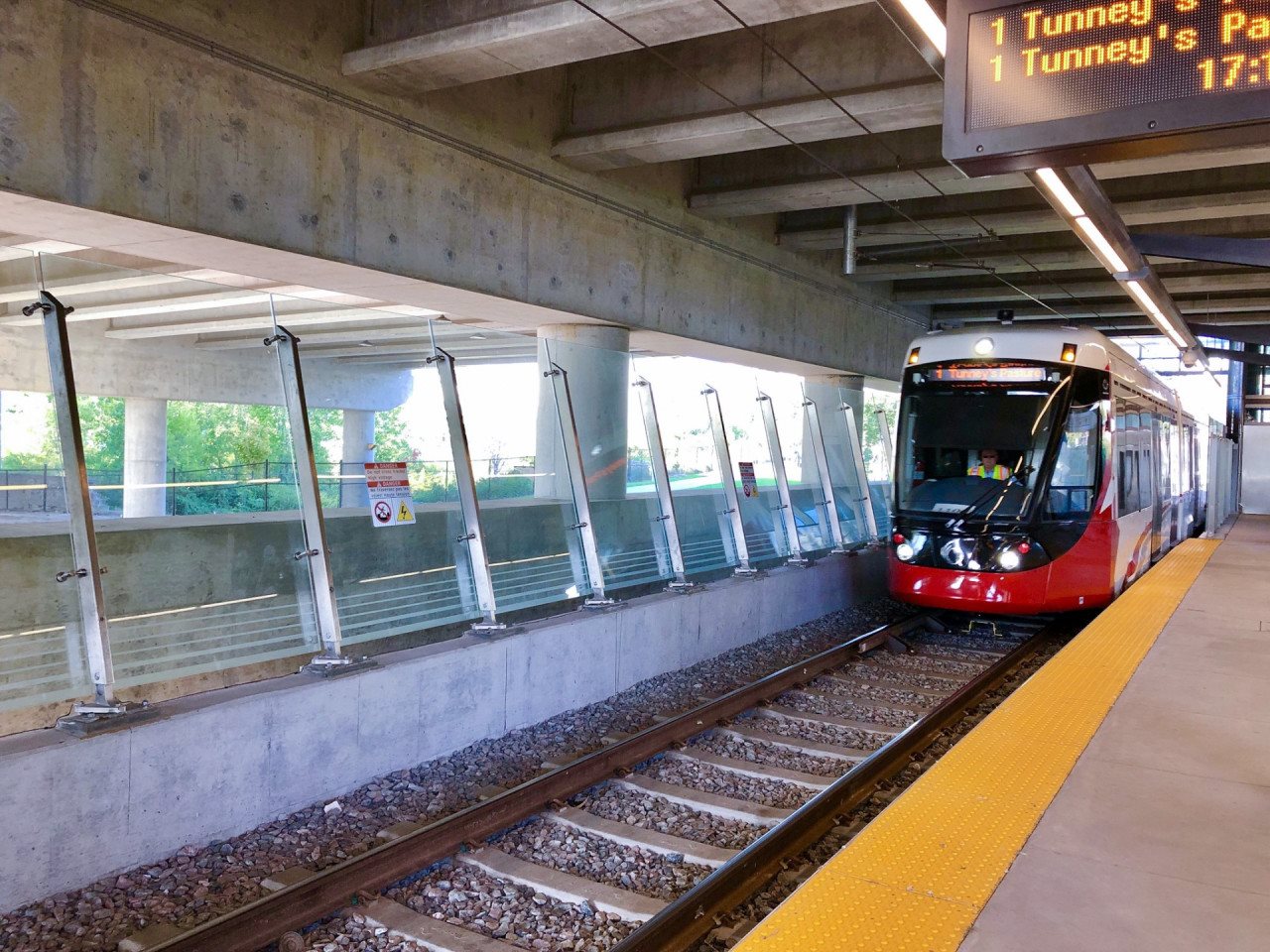The following information outlines the milestones achieved in Q2 2020 and provides an overview of the planned work for Q3 2020.
The City of Ottawa's Rail Construction Program continues to closely monitor the COVID-19 pandemic in relation to delivery of maintenance services on the Stage 1 Confederation Line, impacts to Stage 2 vehicle manufacturing efforts being undertaken by Rideau Transit Group (RTG), and the Stage 2 design and construction of the Trillium Line and Confederation Line extensions. The various maintenance, design, and construction teams working on light rail in Ottawa are adhering to all guidance provided by Ottawa Public Health and the Province of Ontario. Construction continues in all geographic areas of the project and the City is monitoring the potential impacts on the projects closely.
The contractors have been implementing additional safety measures at their construction sites and have implemented additional measures such as remote working for their design and administrative staff. The City is working closely with the contractors to understand if there will be any long-term impacts to these projects as a result of the current environment.
Stage 1 Confederation Line The critical focus on the Stage 1 Confederation Line remains the implementation of RTG's rectification plan to improve the performance of the system. As part of that plan, RTG and the City have agreed that this current period of low ridership provides an opportunity to temporarily close the system to undertake work relating to initiatives that are part of that plan to improve system performance. Specifically, the Confederation Line was temporarily closed over the following periods:
Over the course of the temporary service closure periods, the following works were completed:
- Implementation and testing of updated train control software and communication system software to improve vehicle and system performance;
- Installation of new passenger door software to reduce door-related disruptions and door faults;
- Detailed cleaning and inspection of the overhead catenary system to remove buildup of road chemicals and to replace compromised catenary mechanical supports (Parafil);
- Track works including adjustment of the ballast to correct settlement issues and adjustment of the rail to deal with high heat conditions (kinking and/or ride quality issues);
- Injection repair to seal an area near Rideau Station where water was entering the tunnel; and,
- Vehicle retrofit work and modification work, routine inspections, and corrective maintenance.
Outside of the items identified in RTG's rectification plan, Line 1 has experienced two new issues that affect availability, reliability and performance of the system: wheel cracks and track alignment in hot temperatures. Following the identification of these issues, RTG undertook a full inspection of the fleet and established a regimented ongoing wheel inspection routine to ensure that customer safety remains paramount. As outlined in the July 10, 2020 memorandum, the Transportation Safety Board (TSB) has advised the City that they will be initiating an investigation into the wheel cracks experienced on some of the Confederation Line trains. City staff will provide updates to the Mayor and Members of Council as they become available.
As it relates to Line 1 track alignment issues, in July 2020, RTG was given several opportunities to close the Line 1 system early before the end of service to undertake short term repairs and adjustments to mitigate issues caused by the hot temperatures. Under the project agreement RTG is required to provide a plan to the City that corrects the ongoing track performance issues on a permanent basis. While the heat-related issues are not uncommon on rail networks, the effect on Line 1 is greater than expected and RTG is required to implement a permanent fix to the track.
As RTG executes the work associated with their plans and identifies additional technical enhancements, there may be a need for future temporary service closures to Line 1 later in 2020. In addition to the work on rectification, there are ongoing activities related to project close-out, including minor deficiency work, final reporting to the funding partners and close-out of project documentation. Stage 1 Confederation Line project close-out activities will continue in Q3 2020.
Additionally, Rideau Street is now closed to permit the final segment of the Rideau Streetscaping work to occur between Dalhousie Street and Sussex Drive. More information about the project and timelines of the work are available here:
https://ottawa.ca/en/city-hall/public-engagement/projects/rideau-street-renewal-sussex-drive- dalhousie-street#open-house-boards-june-19-2019
The City of Ottawa has decommissioned and archived the Confederation Line project's construction website (ligneconfederationline.ca). Project agreement documentation remain available on ottawa.ca. Any updates on operations, repairs and service will continue to be made available on octranspo.com.
Stage 2 Project Update
Design Progress
In Q2 2020, design work continued for the Stage 2 O-Train Trillium Line and Confederation Line project teams, TransitNEXT and East-West Connectors (EWC).
Trillium Line South Extension Design In Q2 2020, City staff reviewed TransitNEXT's preliminary designs of specific Trillium Line extension elements, including design drawings for the New Walkley Yard, guideway design drawings for the existing portion of the alignment, final design drawings for the south extension of the alignment, and the preliminary operational modelling for the system. Staff also reviewed pre-final designs of the new signaling and train control system, the communication systems drawings for the New Walkley Yard, utility relocation plans, structures, and various Stadler vehicle elements, including final design information of the brake system and interior lighting. Additionally, City staff also reviewed design packages for stations along the existing portion of the alignment, including Greenboro, Walkley, Carleton, Mooney's Bay and Carling stations.
In Q3 2020, City staff will complete the review of the construction documents submission of the guideway for the Airport Link, the re-submission of the preliminary design drawings for the new Walkley Yard, and final design drawings for the Dow's Lake Tunnel. Finally, City staff also expect to receive the final design package for the signaling and train control system, additional final design packages for elements of the Stadler vehicles, and pre-final and final design packages for Bayview, Gladstone, Carling, Carleton, Mooney's Bay, Greenboro, South Keys, Uplands, Airport, Leitrim, Bowesville and Limebank stations.
Confederation Line East and West Extensions Design In Q2 2020, City staff reviewed EWC's designs of specific Confederation Line extensions elements, including stations, trackwork, utility expansion works, Highway 417 interchanges, roadway works including Highway 174 and the Sir John A. Macdonald Parkway, bridge structures and the Moodie Light Maintenance and Storage Facility.
In Q2 2020, City staff reviewed EWC's designs of specific Confederation Line extensions elements, including stations, trackwork, utility expansion works, Highway 417 interchanges, roadway works including Highway 174 and the Sir John A. Macdonald Parkway, bridge structures and the Moodie Light Maintenance and Storage Facility.
Preliminary designs for stations including Orléans Boulevard, Montreal Road, Iris and Bayshore stations and final designs for Moodie Station, Queensview Station, Lincoln Fields Station were also reviewed. Several stations, including Pinecrest, Baseline, Place d'Orleans, Jeanne d'Arc and Trim are awaiting resubmissions of final design packages after initial review. The City expects to review the resubmitted final design packages in Q3.
Preliminary infrastructure designs for the tunnel work for the Connaught area, overall track and alignment designs along the entire alignment, and designs for existing bridge structure rehabilitation on Highway 174 have also been reviewed by the City. The Hazard Log for the east extension, as well as various preliminary hazard analyses were also reviewed.
City staff also reviewed the final designs of the Highway 174 bridges at Montreal Road, Lincoln Fields flyover and several utility design packages that have now been issued for construction. Other final designs reviewed include the Moodie Light Maintenance Storage Facility, Moodie Station, Queensview Station, Lincoln Fields Station, and west alignment roadways.
In Q3 2020, staff anticipate reviewing preliminary designs for the remaining Confederation Line stations and structures. The ongoing design review of roads, bridges and utility work throughout the east and west alignments will continue in Q3 2020.
Construction Progress TransitNEXT and EWC are well into construction work along their respective alignments. The Rail Construction Program will continue to work with City Councillors to advise where work is underway and provide public notifications, as required.
Trillium Line South Extension Design In Q2 2020, the Line 2 Trillium Line was closed on May 4, 2020 and the existing guideway, stations and vehicles were turned over to TransitNEXT in order to begin construction works. A multi-use pathway detour was implemented at the future Gladstone Station and rock removal through blasting and other means is underway and will continue in Q3 2020. Tracks were removed between Young Street and Gladstone Station to allow for rock cut and guideway widening.
At the VIA-Trillium Line Rail crossing, the existing Line 2 tracks have been cut and barriers placed to prevent access to VIA Rail right-of-way. Caisson drilling has commenced and will continue in Q3 2020 to support the elevated guideway over the VIA tracks.
Construction at the New Walkley Yard continues with grade beam and maintenance pit foundation work. Culverts and underground storm water retention structures are being installed at the west end of the site. The tracks leading to the old Walkley Yard facility have been removed allowing for full use of Walkley Yards project lands by TransitNEXT.
Along the new guideway alignment between Greenboro to Limebank stations, earthworks, ditching, grading and culvert installation continue. Excavation for South Keys Station is underway. Girders were installed at Uplands, Bowesville and Airport Parkway rail bridges. Caisson, pier and pier cap work will continue in Q3 2020 at Lester, Leitrim, Earl Armstrong rail bridges, as well as the Limebank and Ottawa Airport elevated guideway structures.
Confederation Line East and West Extensions Design EWC has completed the geotechnical investigation and is nearing the completion of survey work along the Confederation Line East and West extensions. Some intermittent night work may be required to minimize impacts to pedestrians, cyclists and motorists. Applications for noise exemptions will be submitted to Ward Councillors.
Construction of the eastbound lane realignment of the Sir John A. Macdonald Parkway (SJAM) commenced and will be ongoing in Q3 2020. Pedestrian and cyclist access through this area, via the Ottawa River Pathway, will be maintained throughout the construction of new traffic lanes, and the south pedestrian access has been detoured to make room for the parkway tunnel works. The final SJAM traffic change is expected mid Q3 2020, with a few interim changes expected to accommodate this work. Site preparation has started at Rochester Fields for a Parkway tunnel construction staging and laydown area.
Construction of new Goldenrod bridge is expected to start in early Q3 2020. This bridge will enable the removal of the embankment road in the rock cut just west of Tunney's Pasture Station.
Work along Richmond and Byron avenues in preparation for the Parkway tunnel started in Q2 2020 and included utility relocations and construction of a sidewalk along the south side of Byron Avenue. Utility relocation work is expected to continue into Q3 2020 in advance of the support of excavation installation.
Construction of a storm sewer in proximity to Lincoln Fields Station near Carling Avenue is ongoing and is anticipated to be completed in Q3 2020. Modifications to Carling Avenue are ongoing and are required to facilitate the watermain relocation and storm sewer connection. Additional utility work will be ongoing in Q3 2020 through the east and west alignments to relocate utilities to avoid conflicts with future works.
Further in the west, the retaining walls and start of the construction for Iris street culvert north of Iris began in Q2 2020 and will continue in Q3 2020. Various utility works (Hydro and Rogers) will continue in this area in Q3 2020. The excavation for the future Pinecrest Creek Pond and the construction of the Baseline Station bus operator building are expected to begin in Q3 2020.
In the east, work began on the reconfiguration of Ottawa Regional (OR) 174 in Q2 2020. Ramp modifications at Montreal and Champlain Interchanges are underway, while ramp modification at Jeanne D'Arc are expected to start in Q3 2020. Drainage works, including storm sewer and culvert extensions, are ongoing on the north and south side of OR 174 between Blair Road and Champlain in preparation for the realigned OR 174 lanes.
Modification to the OR174 and ramps will allow future guideway work to begin in the centre median area of OR 174, away from active traffic lanes. All traffic will be maintained in both directions throughout the duration of the project; however, minor off-peak delays to eastbound traffic may occur at times.
Finally, construction of drainage work and new parking lots at the Trim Park and Ride started in Q2 2020 and is ongoing.
Stage 2 Vehicles As part of the Stage 2 Project, TransitNEXT will be supplying seven Stadler FLIRT vehicles. These vehicles are being designed and manufactured in Switzerland and progress will continue through the summer to complete the final design of onboard systems, seating layouts, design and specification for integration of various onboard systems, exterior paint design (livery) and other system designs ahead of start of manufacturing later in the year.
Rideau Transit Group (RTG) is providing 38 additional Alstom Citadis Spirit light rail vehicles to ensure that the expanded Stage 2 Confederation Line operates as a single, uniform service. The Rail Construction Program is monitoring the production of this expanded fleet with special attention being placed on ensuring that all hardware and software improvements and upgrades resulting from the in-service experience of the Stage 1 fleet are applied to the new vehicles.
Despite supply chain impacts related to the COVID-19 pandemic, RTG completed and the City accepted three vehicles from the Stage 2 order, bringing the total operational fleet count to 37 vehicles out of 72. Vehicle 38 is in testing and expected to be added to the fleet shortly.
Customers may notice some testing activities currently underway along the existing Confederation Line alignment during evening and weekend hours. Test vehicles are easily identifiable to ensure passengers are aware the vehicle is 'not in service'.
Stage 1 and Stage 2 Capital Budgets The Stage 1 Confederation Line Contingency Fund is $100M. To date, $85.9M from the total fund has been spent. Remaining funds are earmarked for potential future changes, primarily related to property requirements and transit priorities. When funds are reserved for contract variations, the upper cost limit for the variation is used and upon completion of the work, unspent monies are returned to the Contingency Fund. For this reason, the funds reserved figure is an estimate that may be higher than the actual amount spent.
The Stage 2 Trillium Line Extension project budget includes an amount of $138.5M net of HST rebates, which represents the private partner's capital investment to be repaid during the maintenance period.
The Stage 2 program budget has been updated to reflect current forecasts, net of HST rebates.
In keeping with Council's approved 2017 Stage 2 Report (ACS2017- TSD-OTP-0001) and 2019 Stage 2 Report (ACS2019-TSD-OTP-0001), approximately $998.9M has been spent as of June 30, 2020 and relates to RTG MOU for Belfast Yard and vehicle assembly mobilization ($323.8M), Confederation Line extension mobilization and construction period payments ($405.3M) and Trillium Line extension construction period payments and financial close for the Revenue Vehicle Supply Contract ($63M). The remaining $206.8M was spent for planning, procurement, project delivery and City retained scope.
Stage 1 Maintenance Payments RTG achieved Revenue Service Availability on August 30, 2019 and was eligible for a pro-rated monthly service payment for a single day of service on August 31, 2019. The performance deductions that accumulated for this single day of service were applied to the September 2019 payment per the Project Agreement. As discussed previously, a single payment was made for Maintenance Services to RTG for August and September 2019, less deductions, as required by the Project Agreement.
The City is currently working through an invoice review to ensure that we meet all of our contractual obligations under the Project Agreement. Based on ongoing reviews of the invoice period for October to June reflecting the system performance of September to May, we do expect to make maintenance payments to RTG less the appropriate performance deductions.
Stage 2 Project Agreements and Technical Schedules The City of Ottawa originally posted redacted versions of the Stage 2 Confederation Line and Trillium Line Project Agreements and Technical Schedules on November 15, 2019 to the City's Routine Disclosure and Active Dissemination Plans website on www.ottawa.ca.
Recently, staff undertook a review of the redactions that were applied to a number of technical sections in an effort to release additional information and assist in answering commonly asked questions relating to station design, vehicles, testing and commissioning and maintenance activities.
As with the Stage 1 documents, aspects of the Stage 2 documents continue to be redacted. These redactions continue to allow the City to balance transparency with the protection of third party and/or commercially sensitive information. East-West Connectors and TransitNEXT are aware of the changes. Additionally, staff have reformatted the Stage 2 documents into separate documents to increase the public's ease in accessing and reading the information.
This additional information is posted on the following site: https://ottawa.ca/en/routine-disclosure- and-active-dissemination-plans#transportation-services-department.
Communications and Stakeholder Relations Building on the Stage 2 LRT Connectivity Study completed in 2017, the Rail Construction Program has proposed additional measures to better connect stations with the surrounding community. Staff has consulted residents on how they will get to their Stage 2 station. Public consultation was rolled out in three phases focusing on O-Train East, South, and West stations. In each phase of public consultation, connectivity enhancements were presented via Zoom to Public Advisory Committees (PACs) comprised of local community associations, ward Councillors, business improvement areas, and special interest groups. In total, the Rail Construction Program coordinated nine PACs which included a total of 133 participants from 35 organizations. Feedback from each phase of public consultation will be consolidated and published to ottawa.ca/stage2.
The Rail Construction Program hosted an information meeting on the future Rideau River pedestrian bridge that will connect Vincent Massey Park and Carleton University. Staff presented preliminary design details via Teams to numerous online participants and answered questions in real time. Information regarding the Rideau River Pedestrian Bridge has been posted to ottawa.ca/stage2 along with a survey allowing residents to provide feedback and ask questions.
The Rail Construction Program continues to encourage residents to subscribe to the Stage 2 LRT newsletter to receive monthly progress updates, construction photos and video and area specific notifications regarding upcoming works. Residents can subscribe to the electronic newsletters by visiting ottawa.ca/stage2 or by emailing stage2@ottawa.ca.
